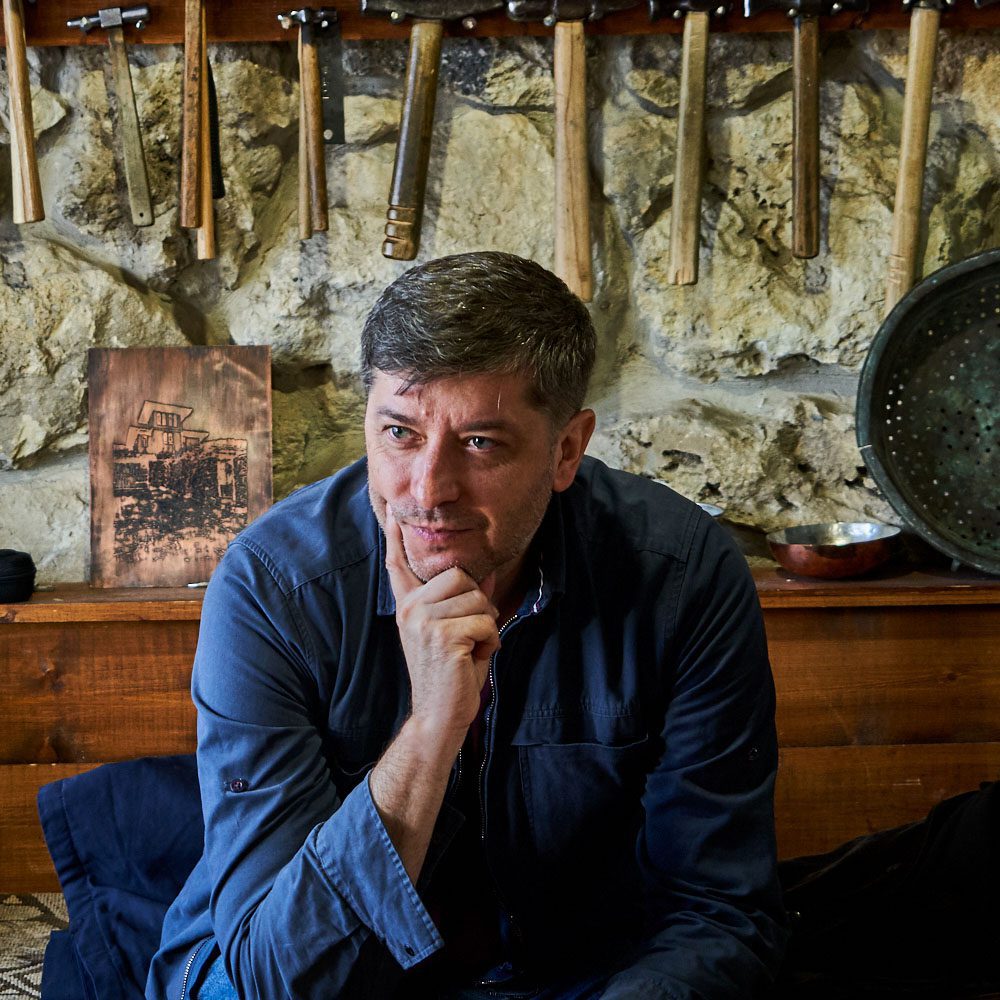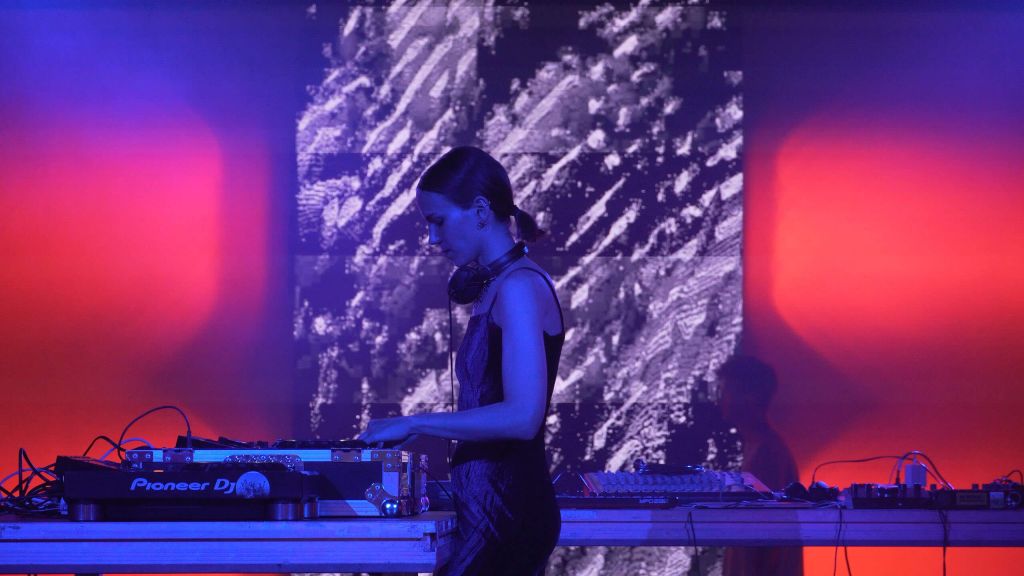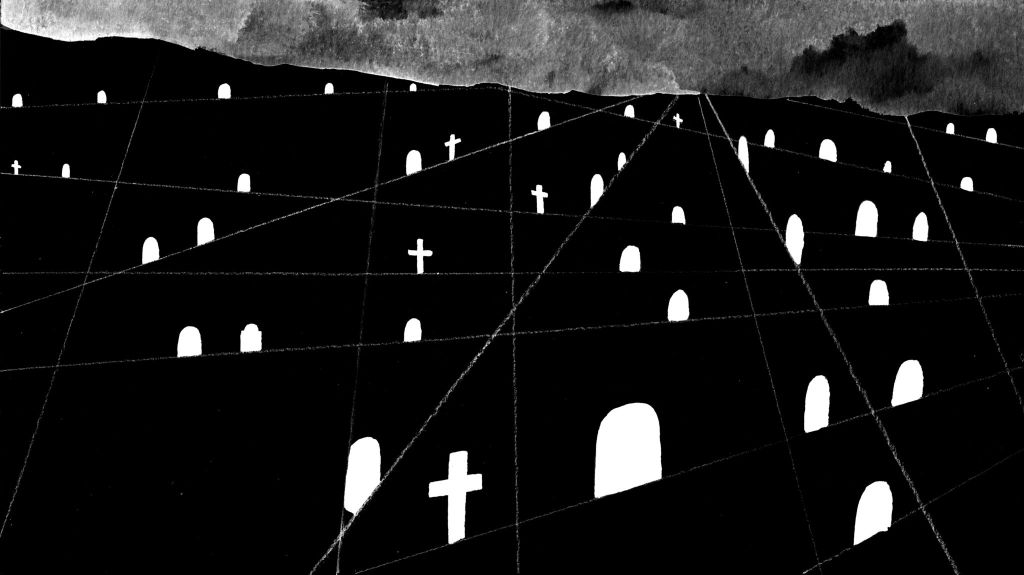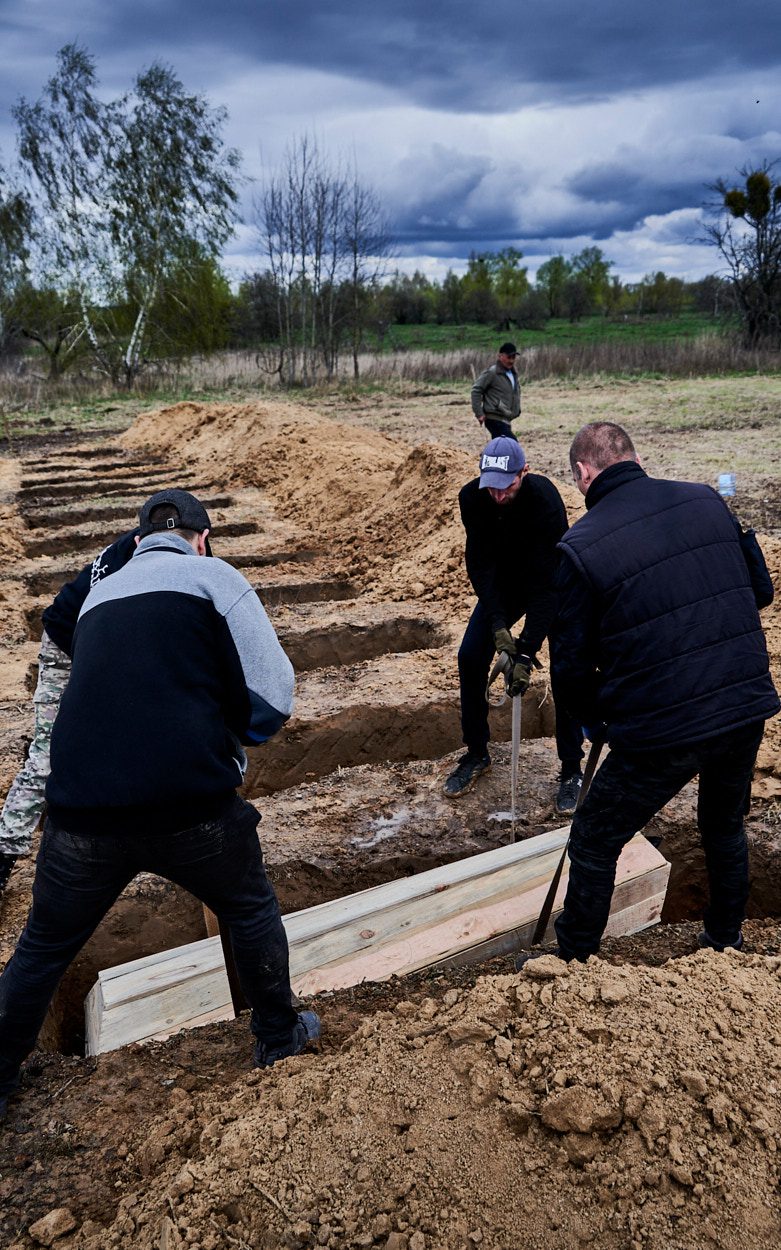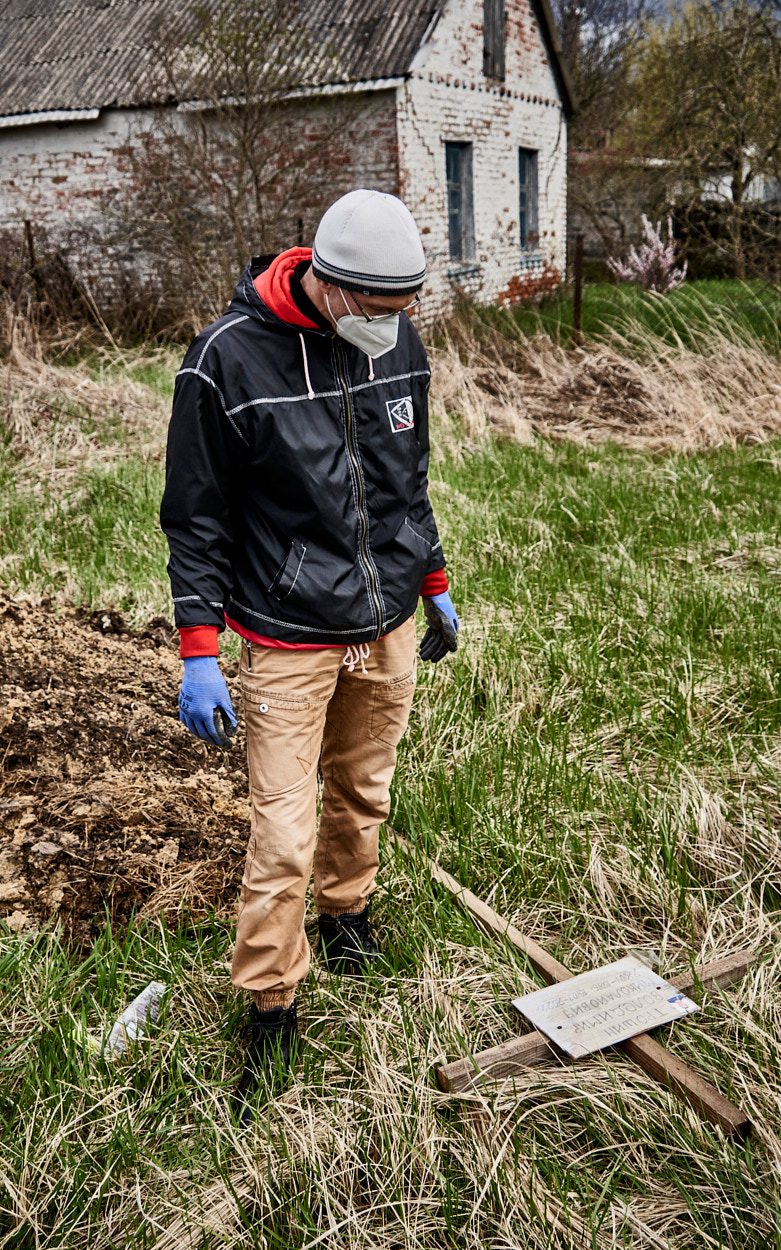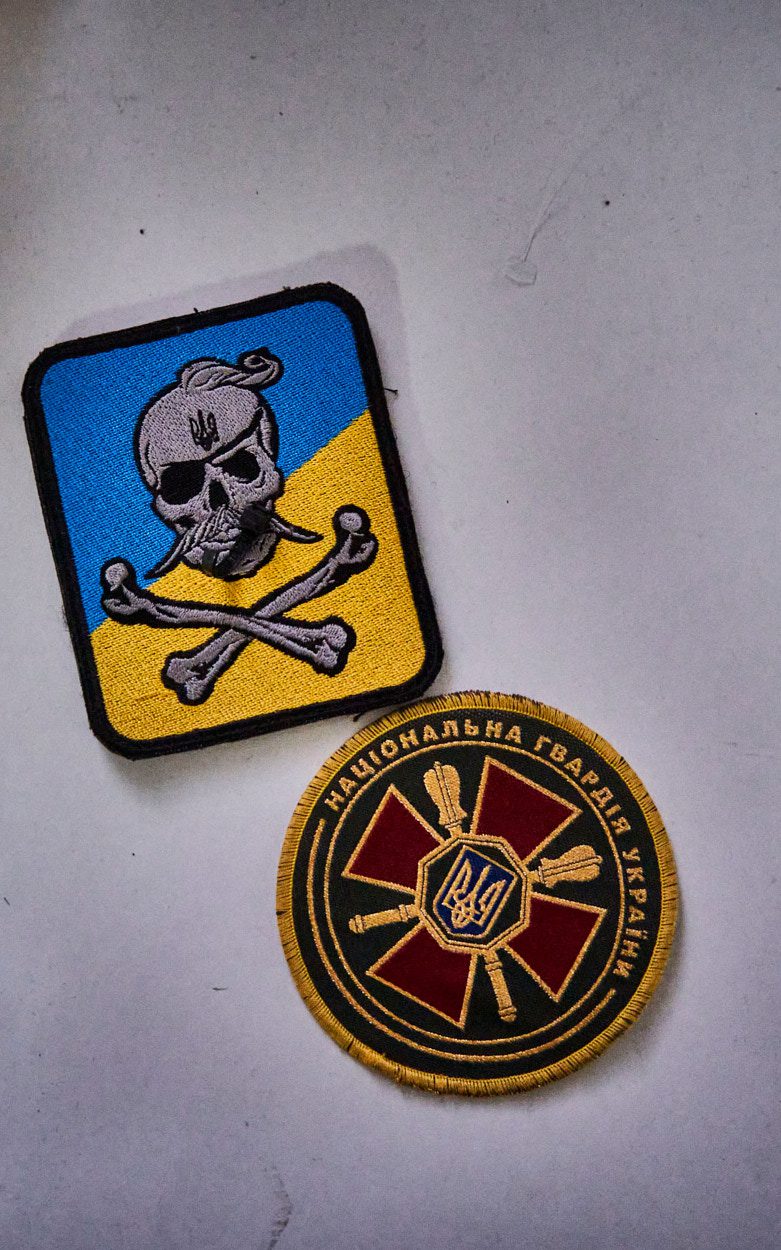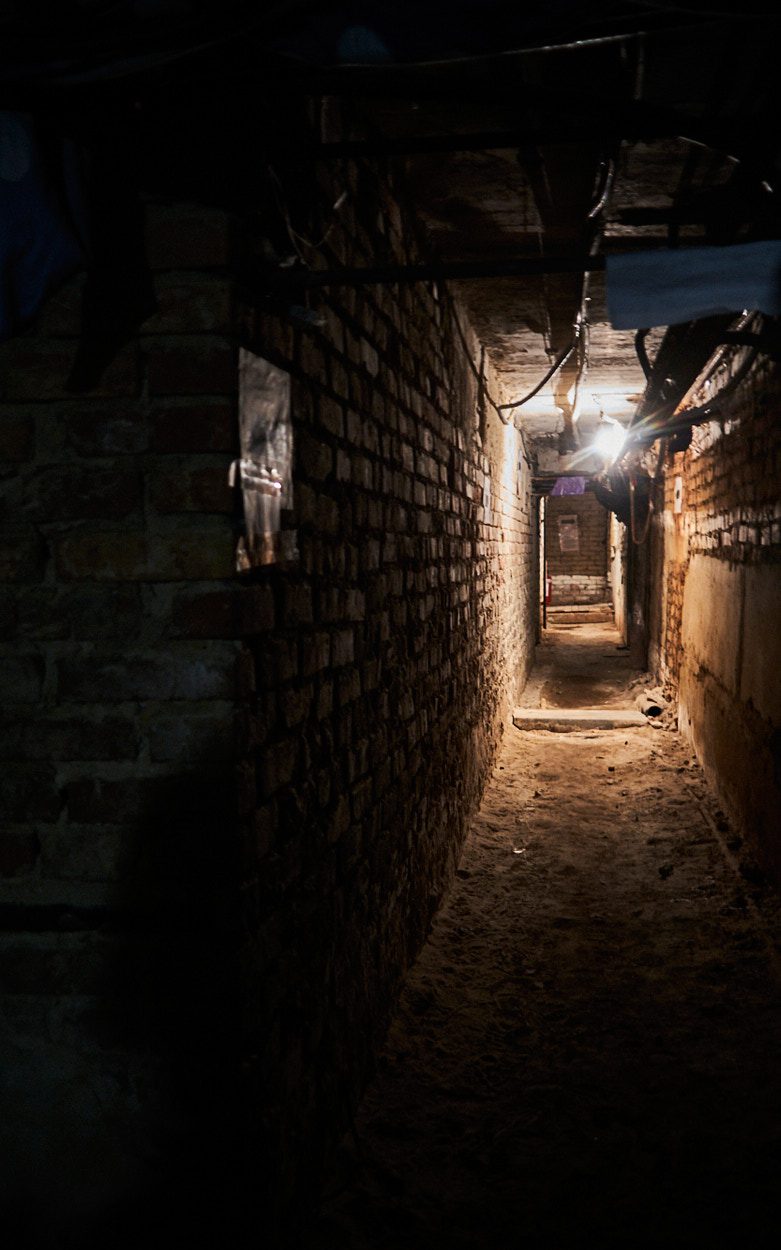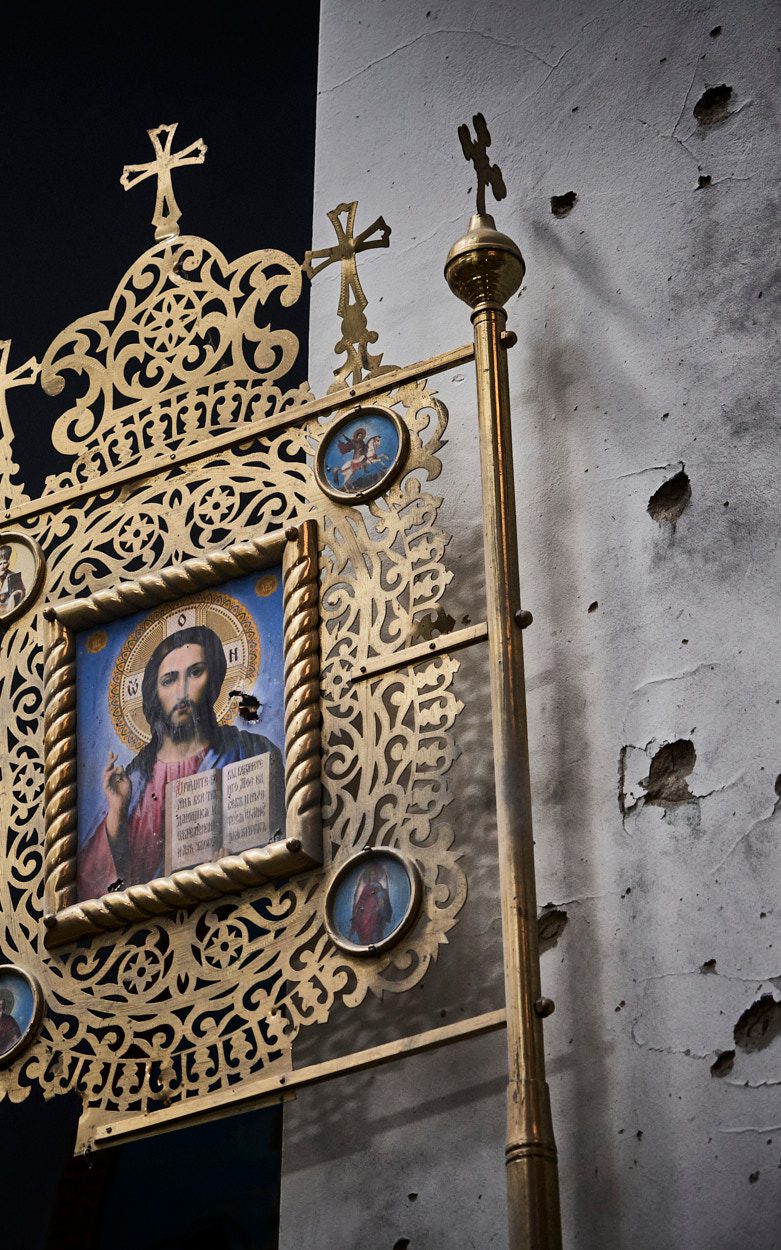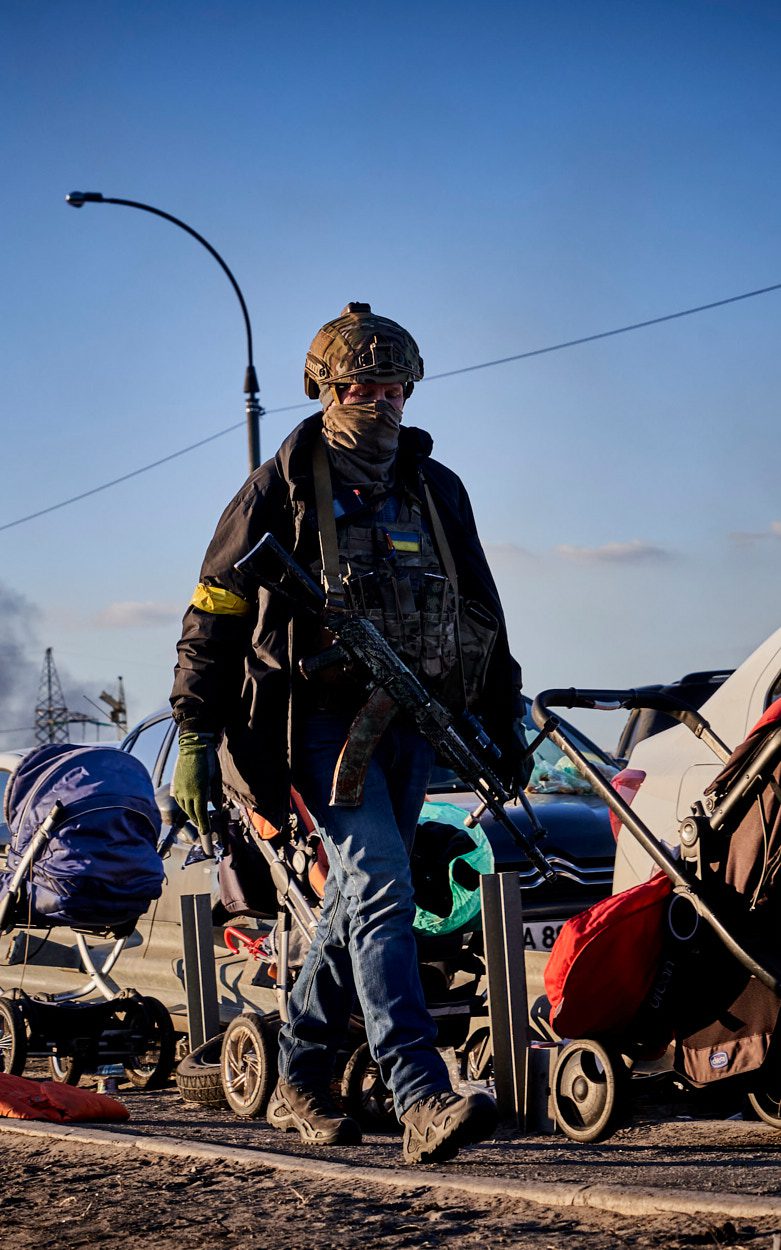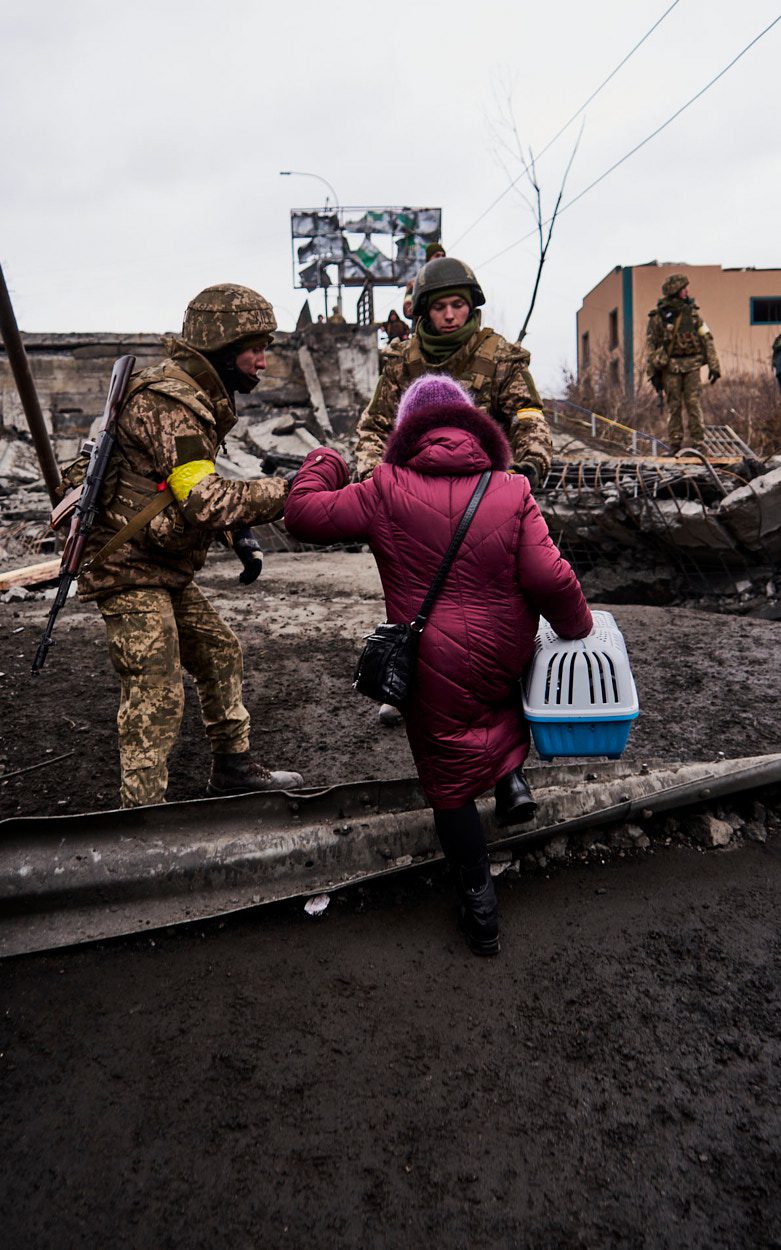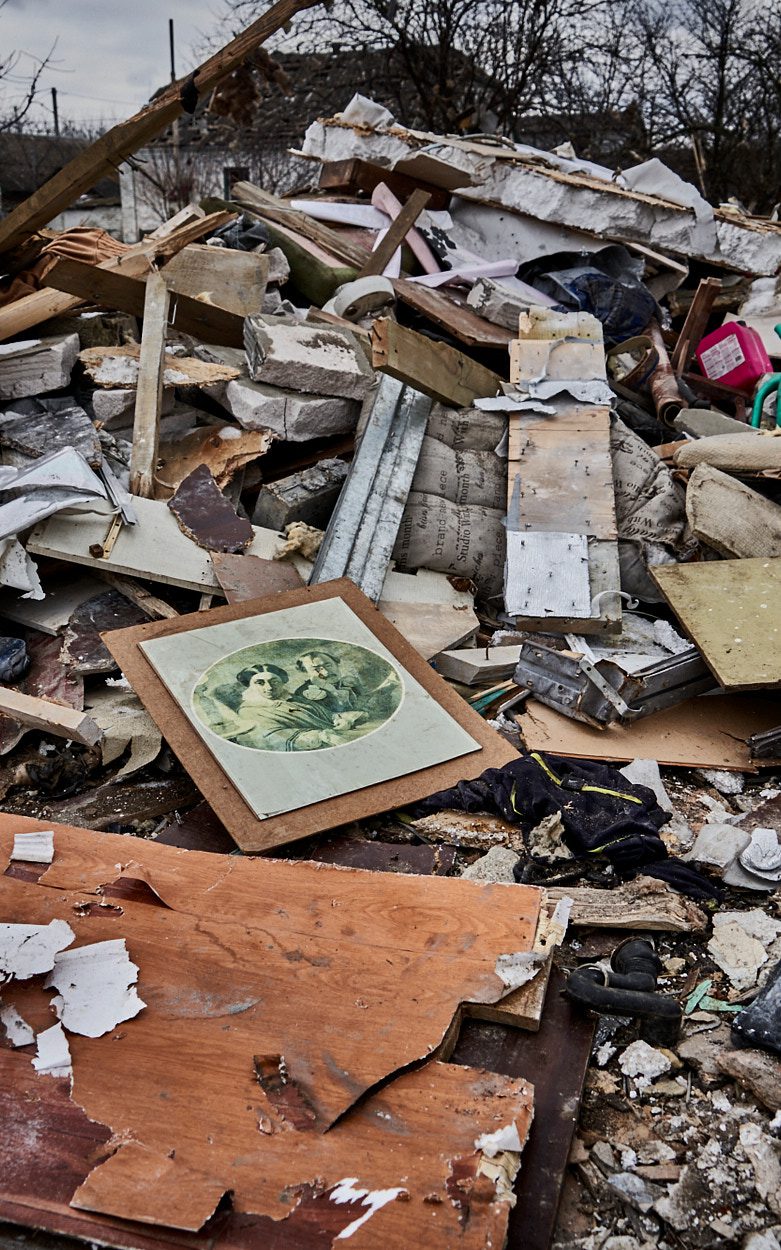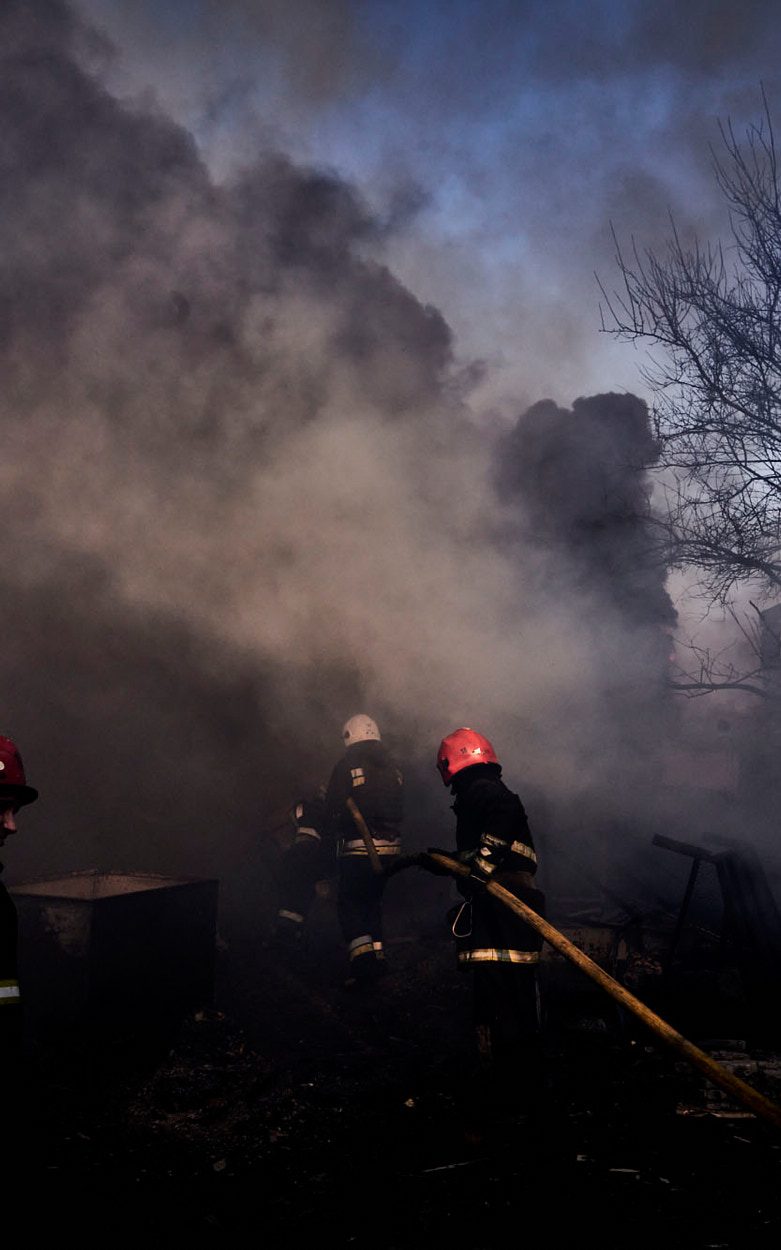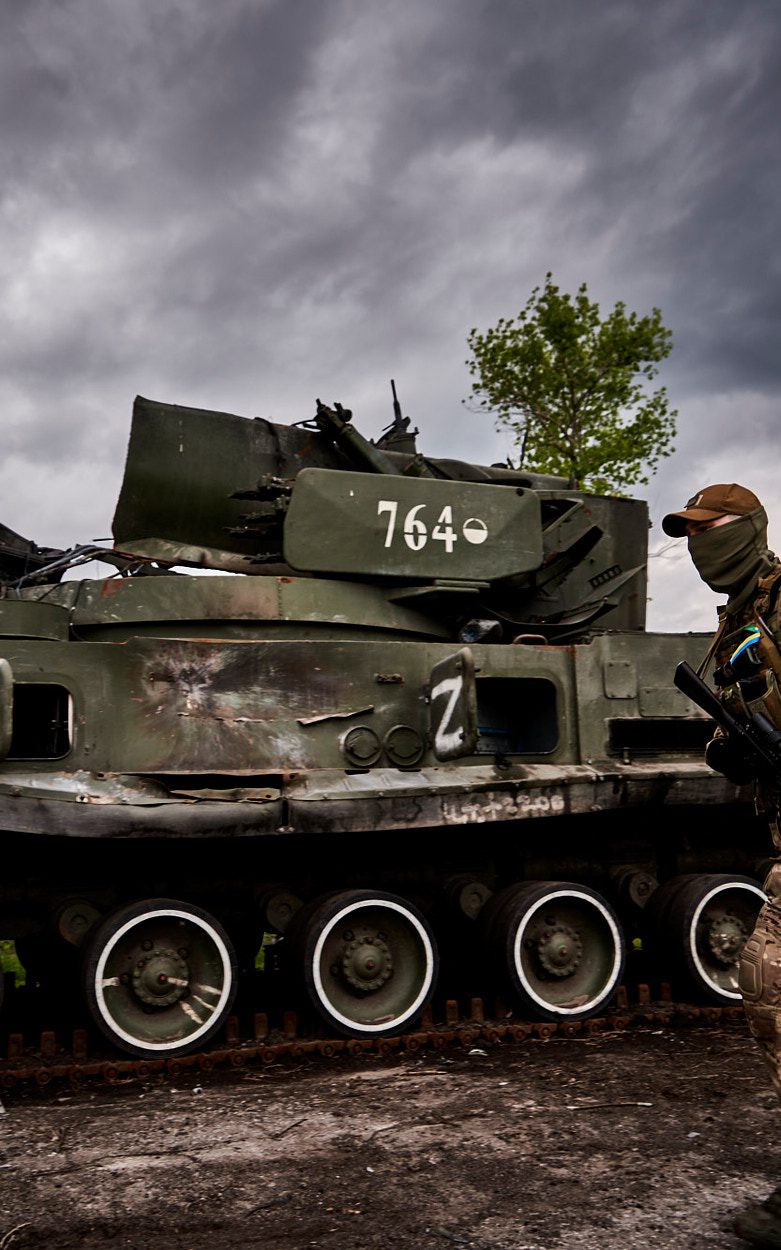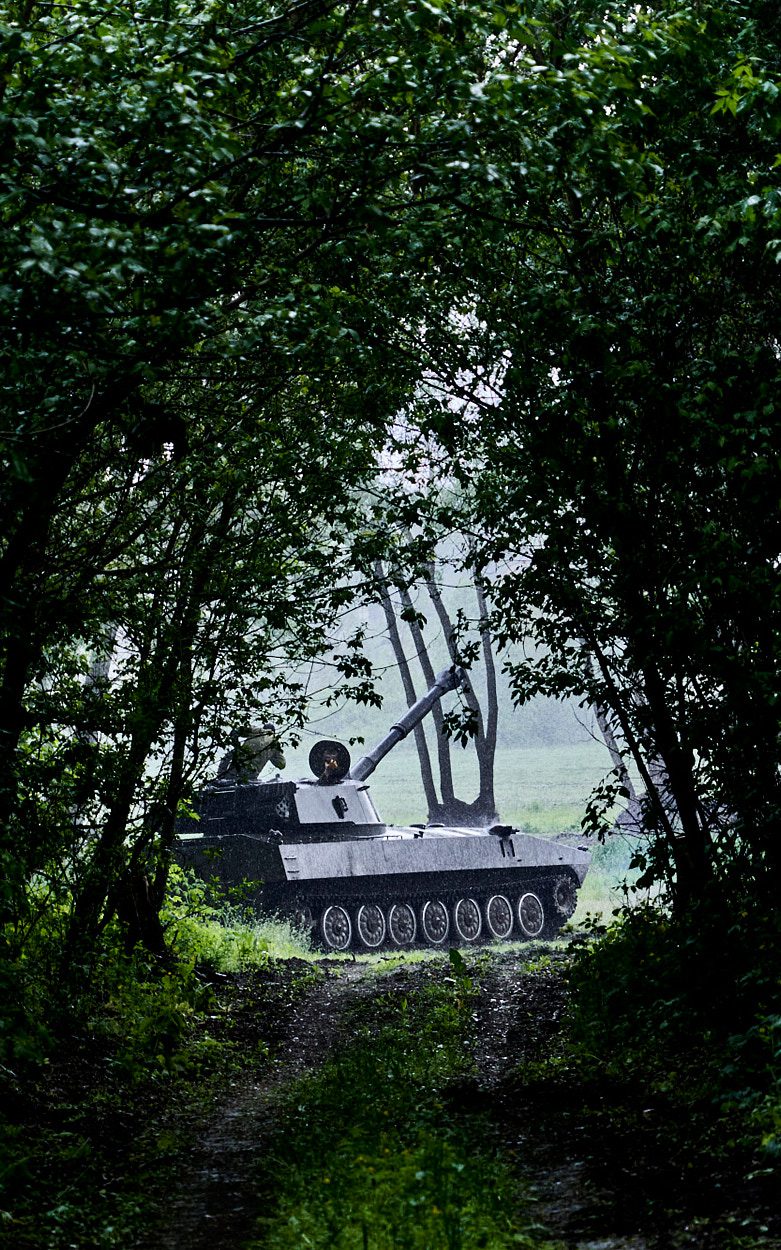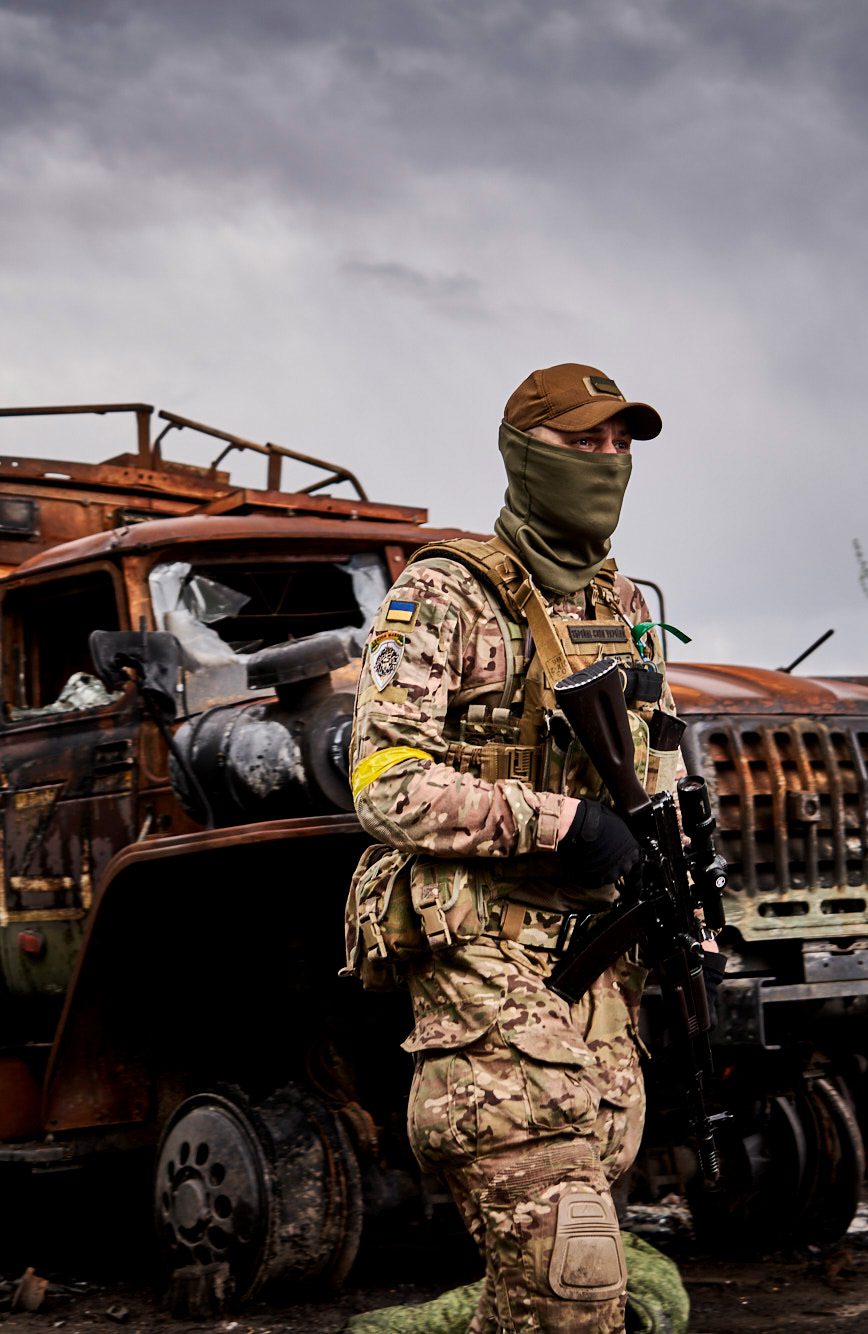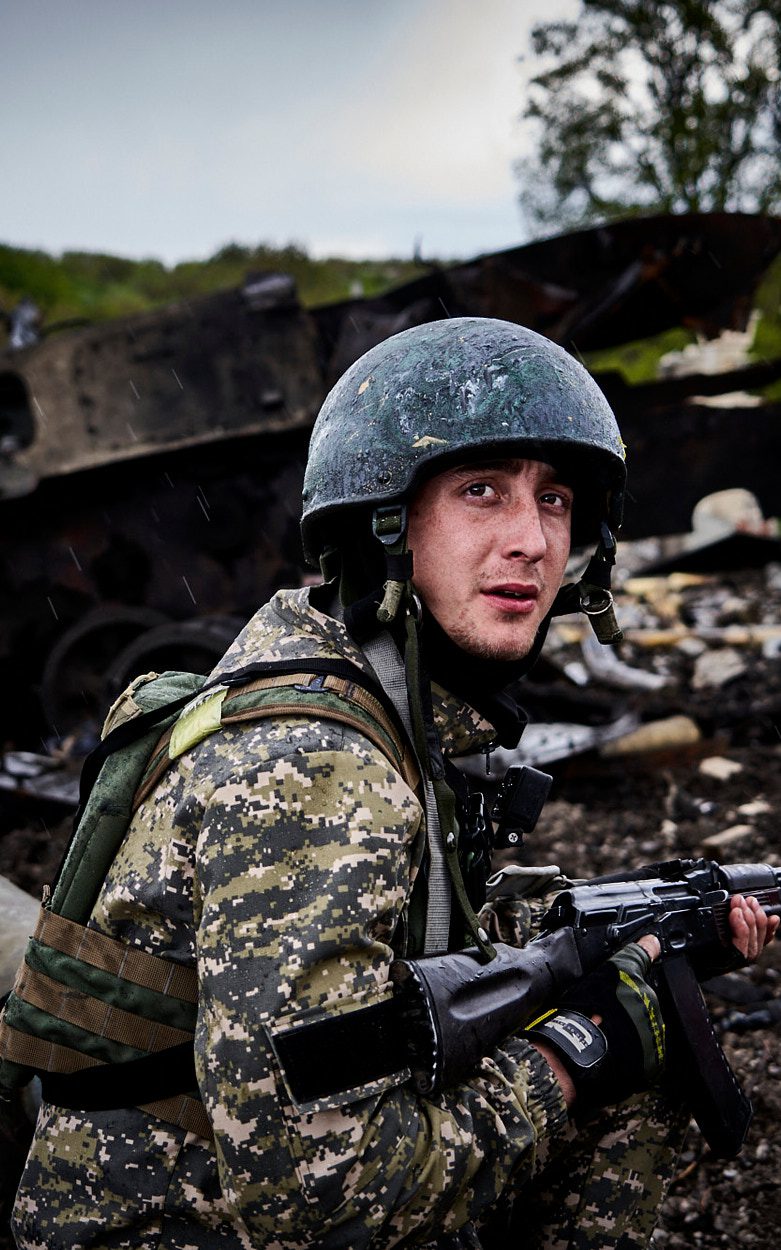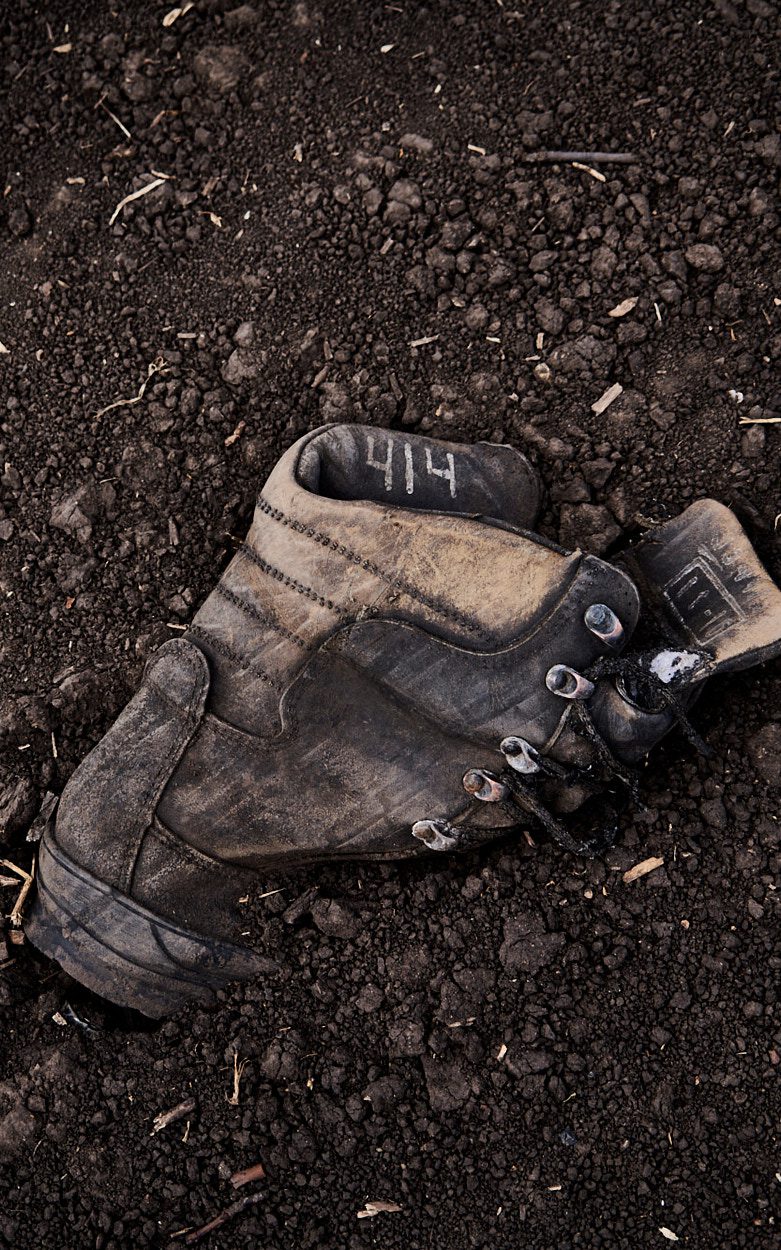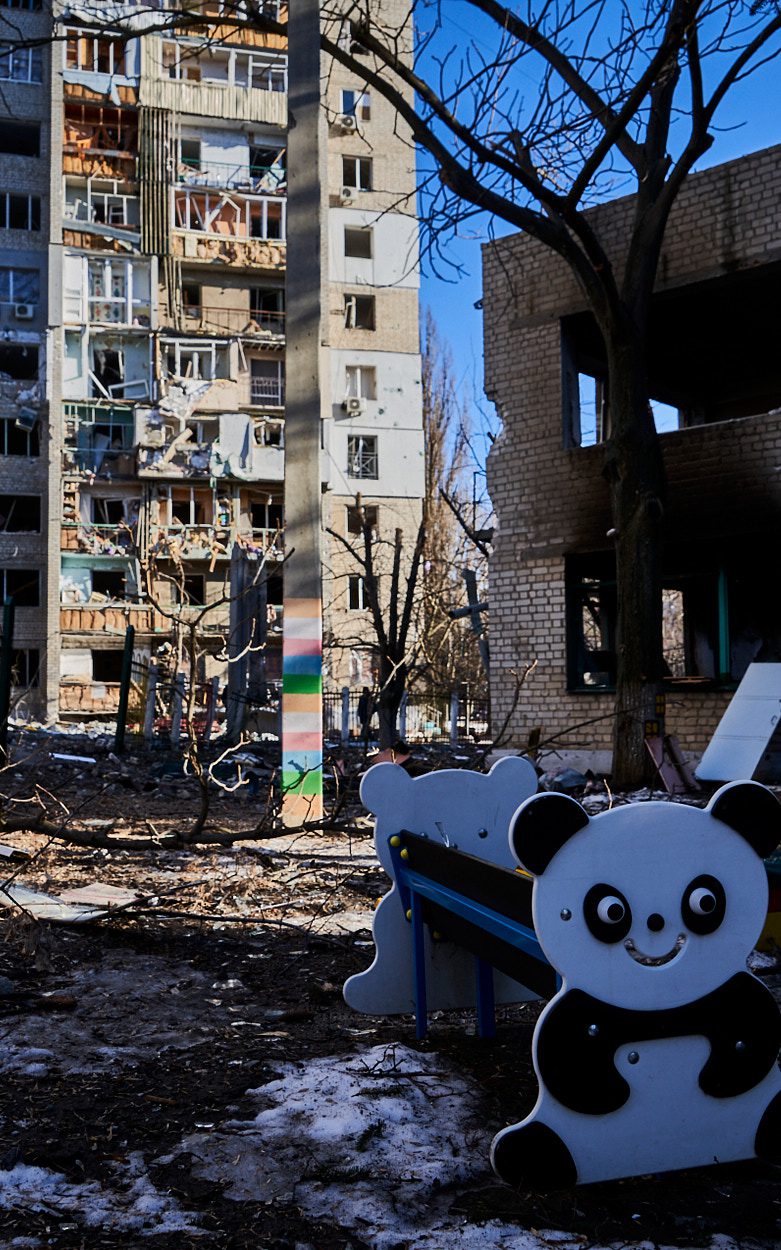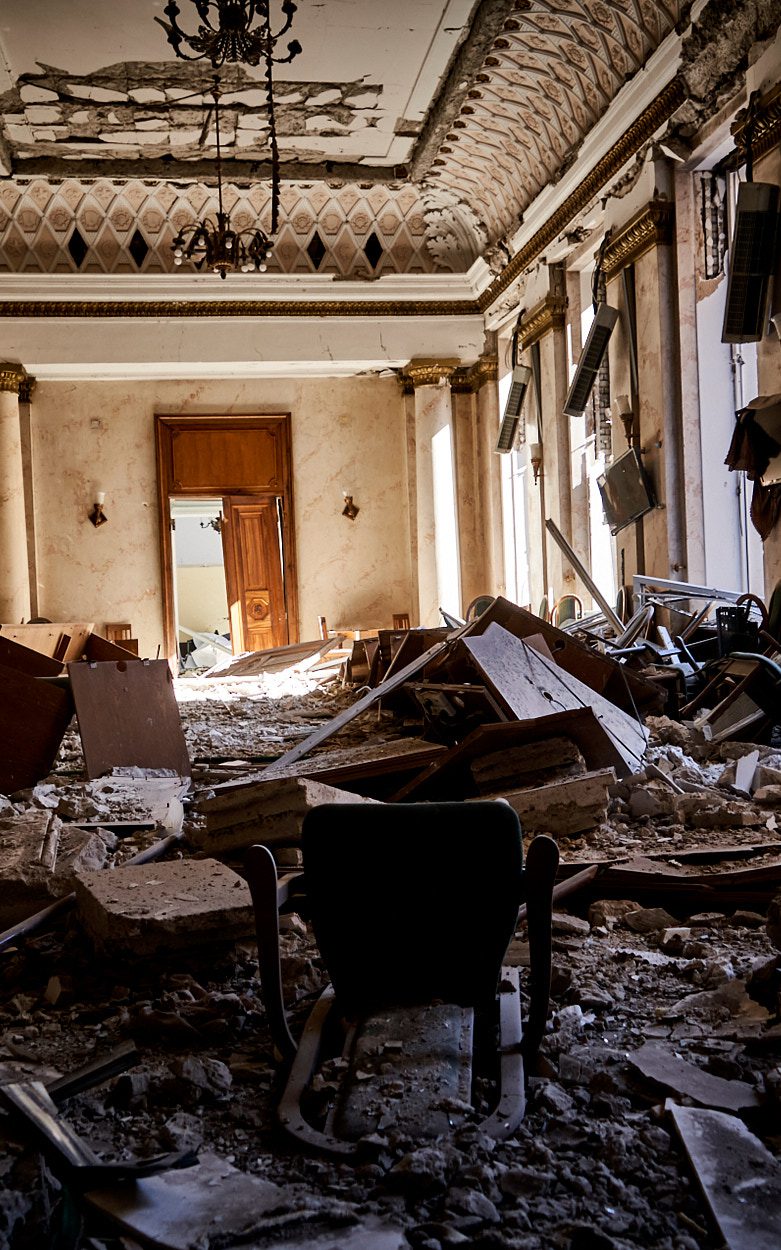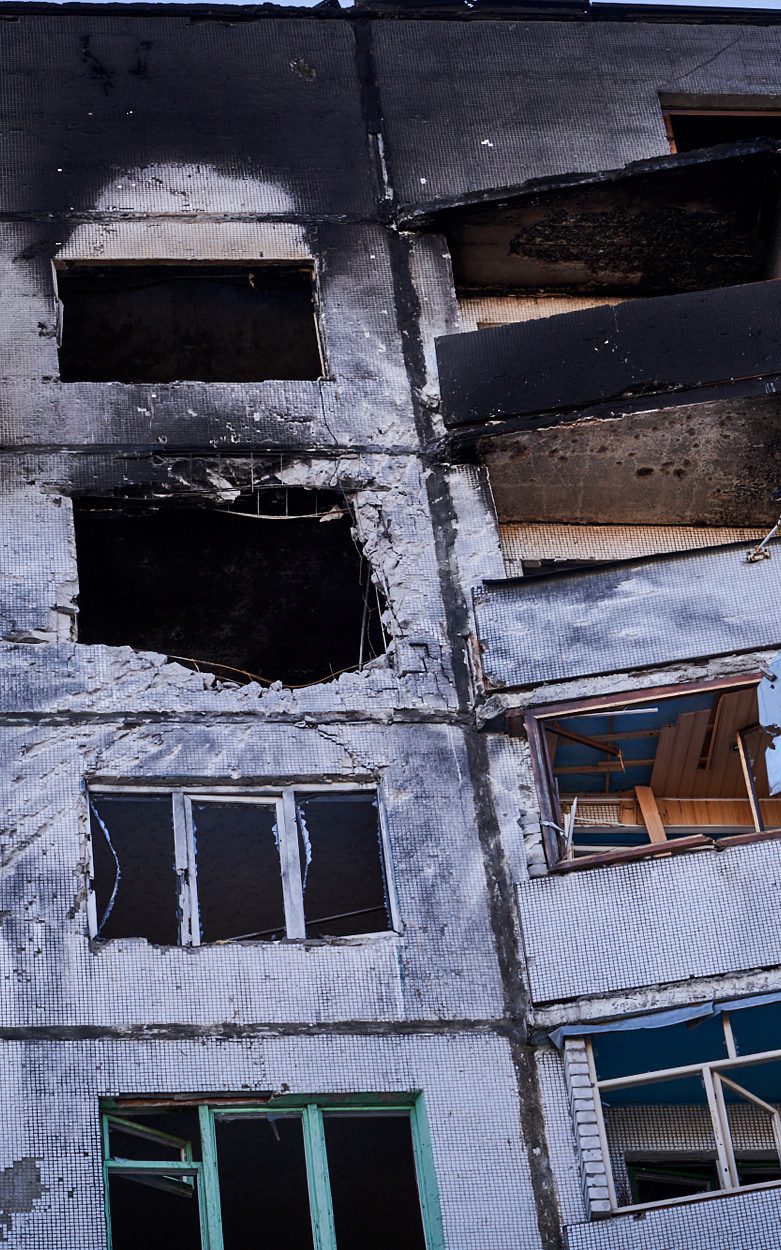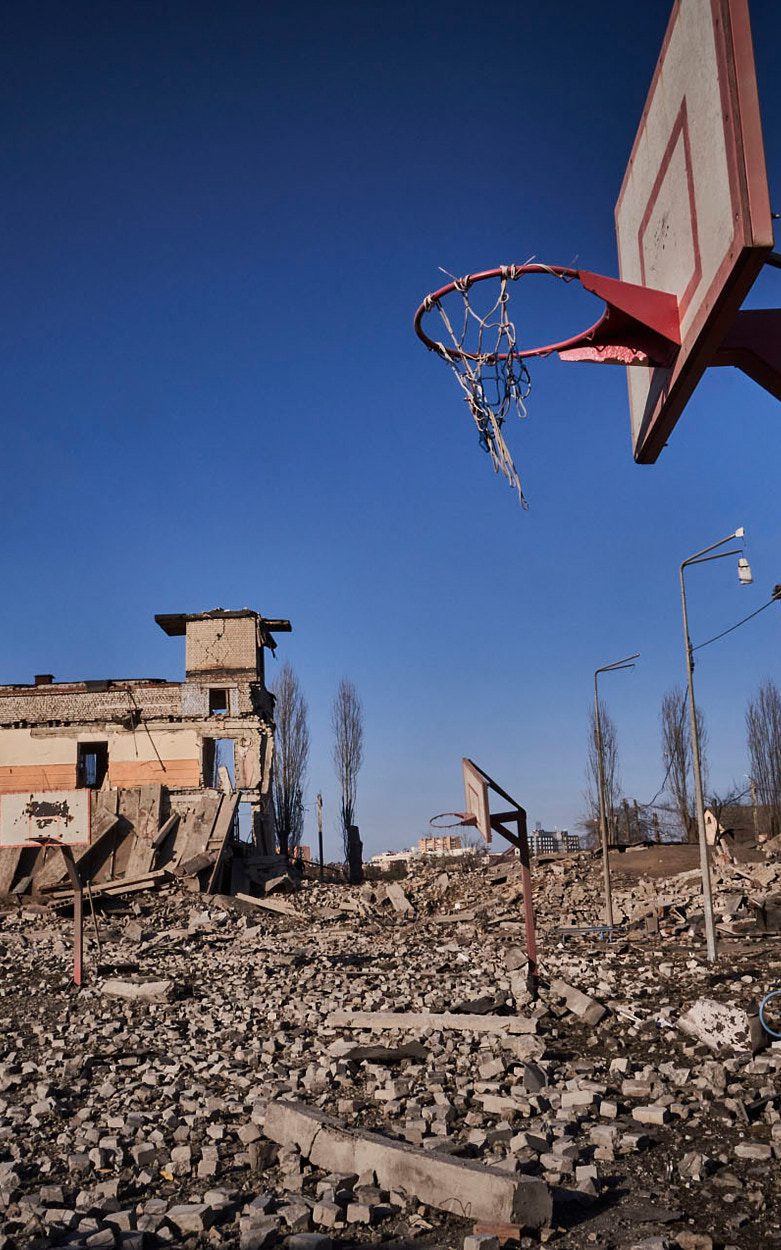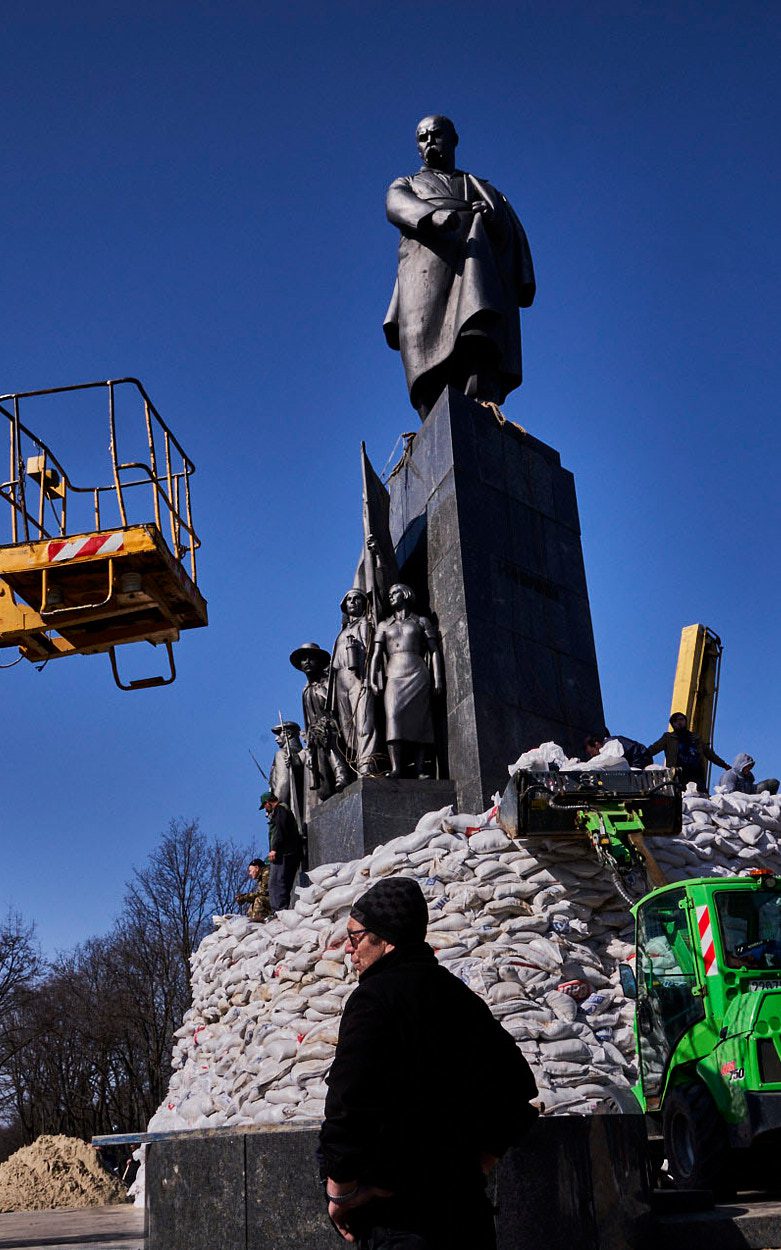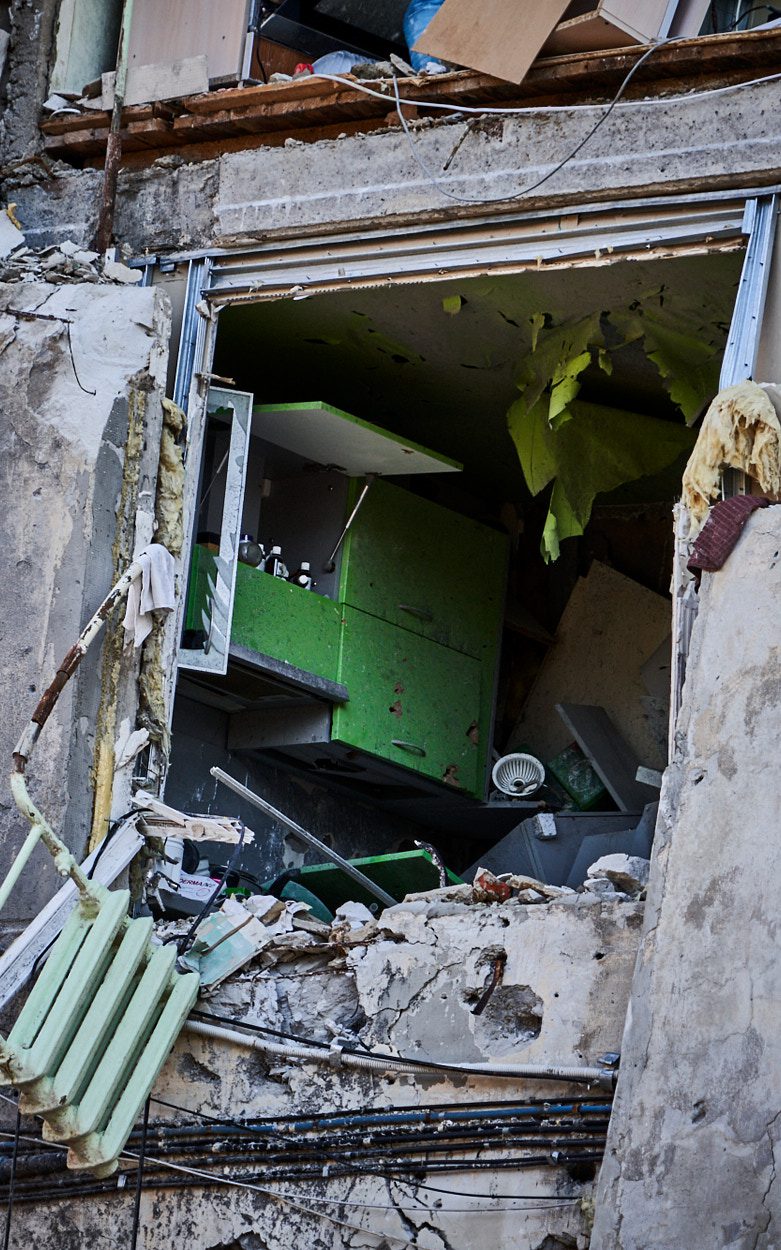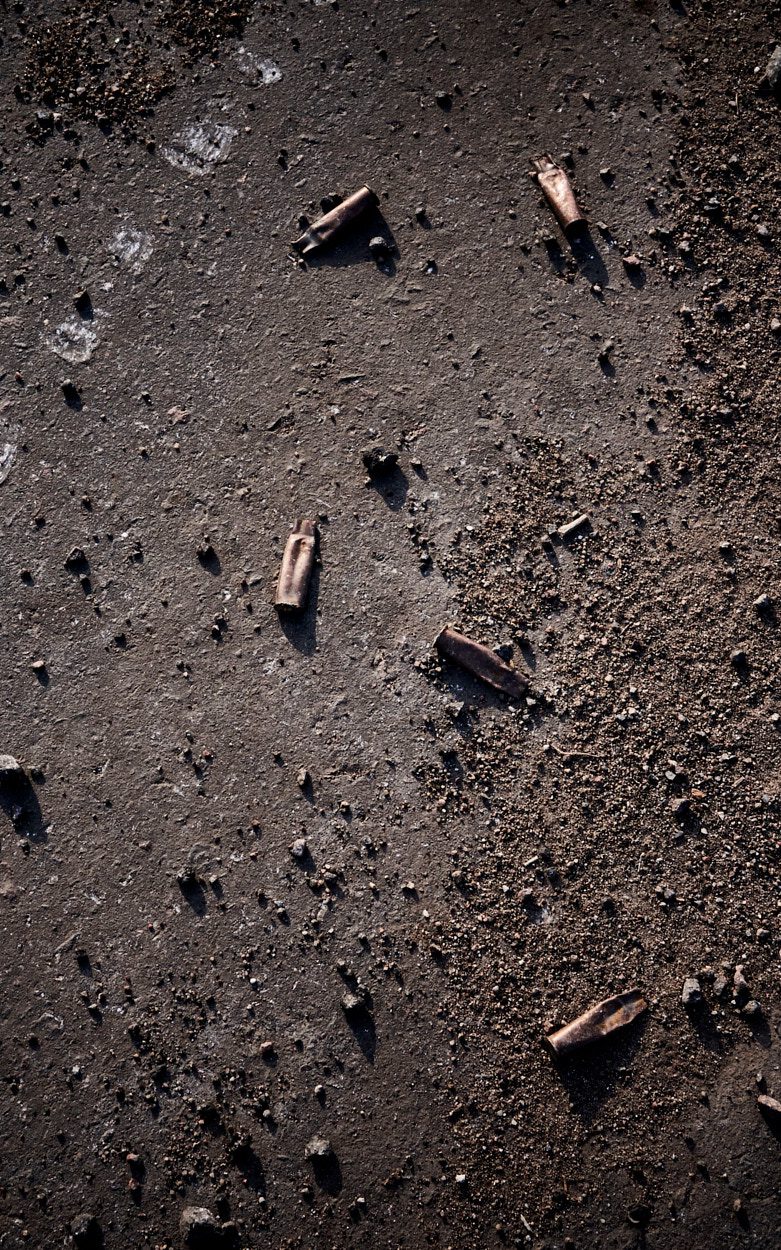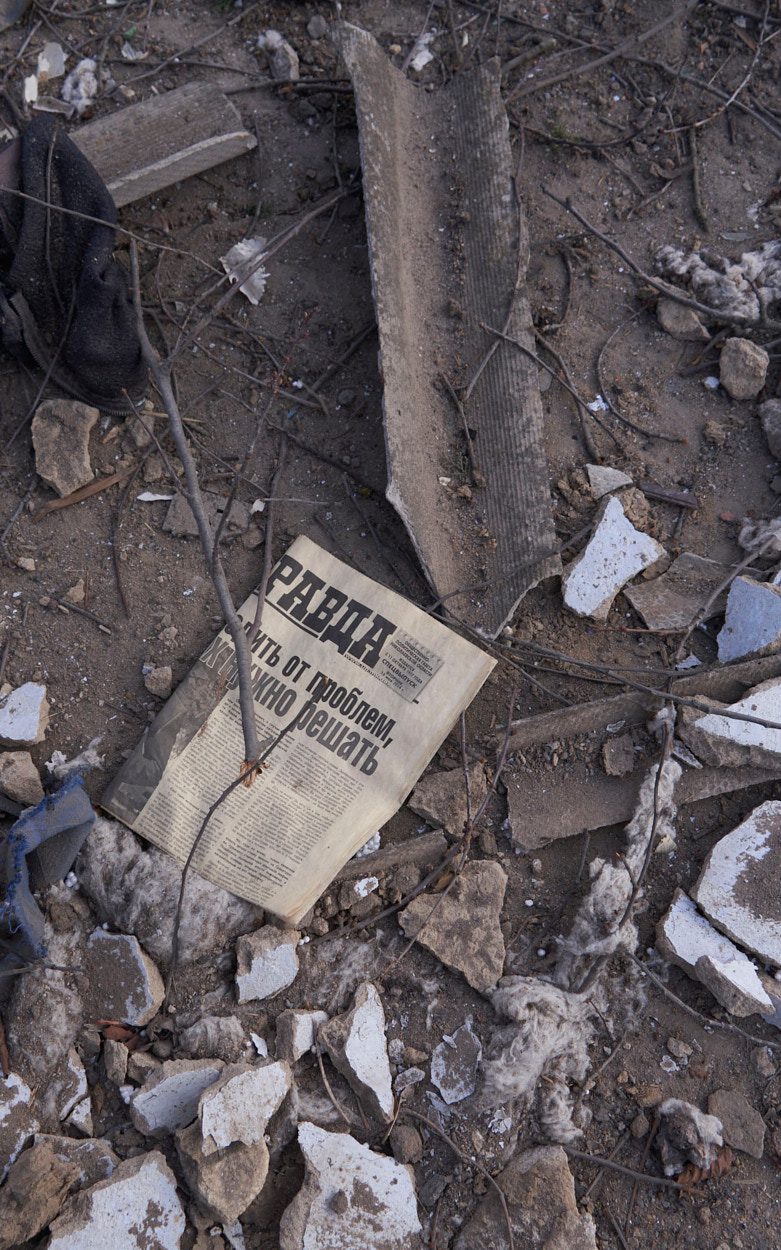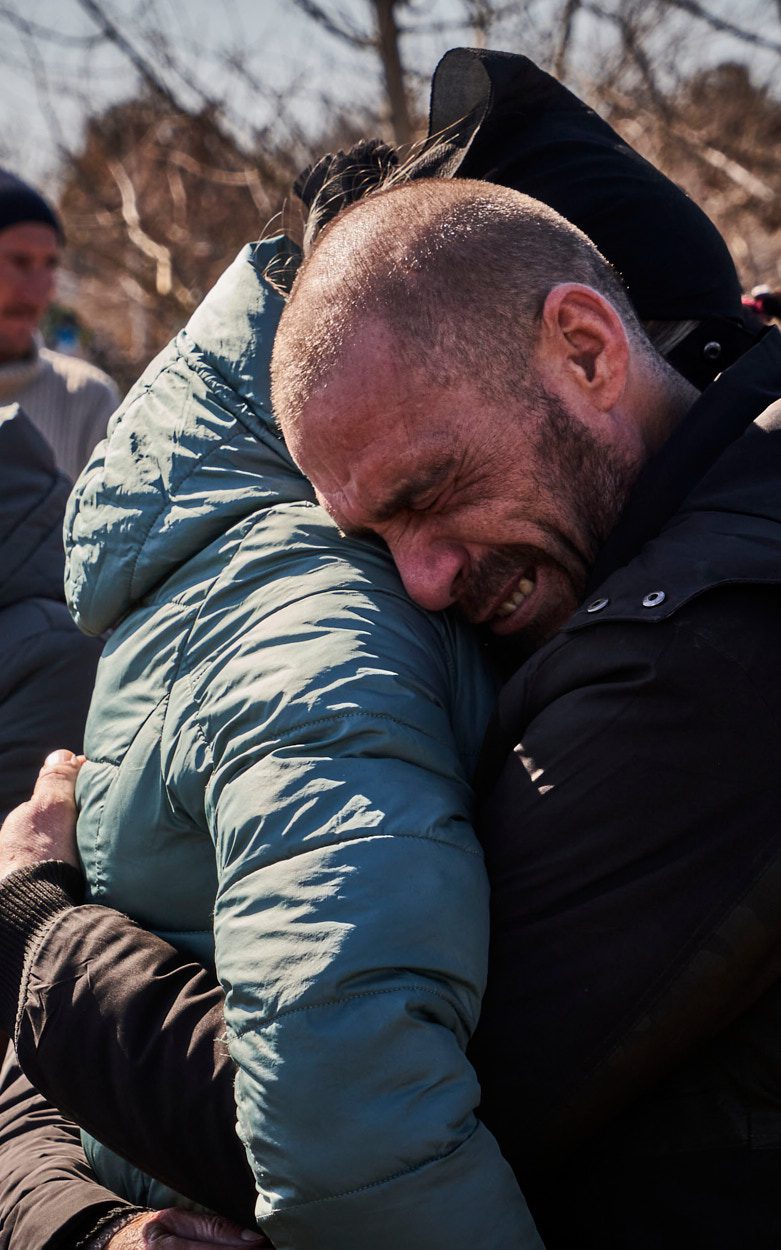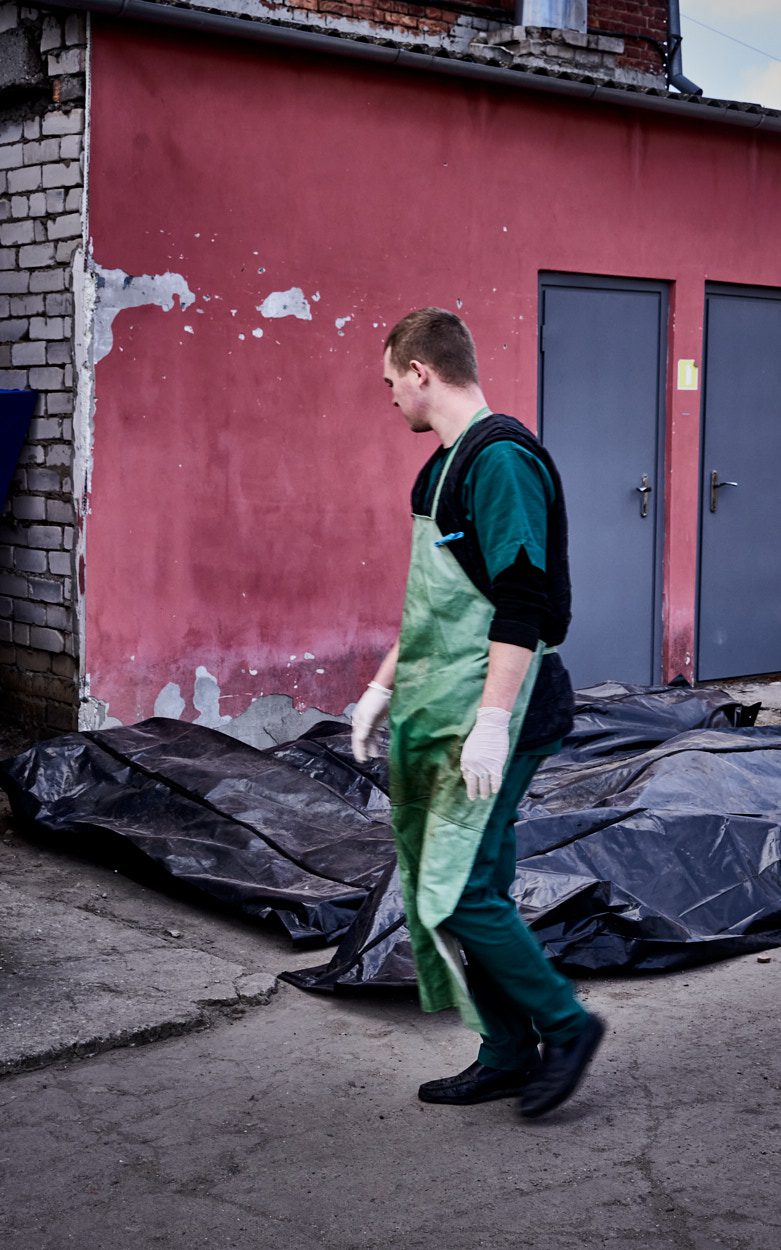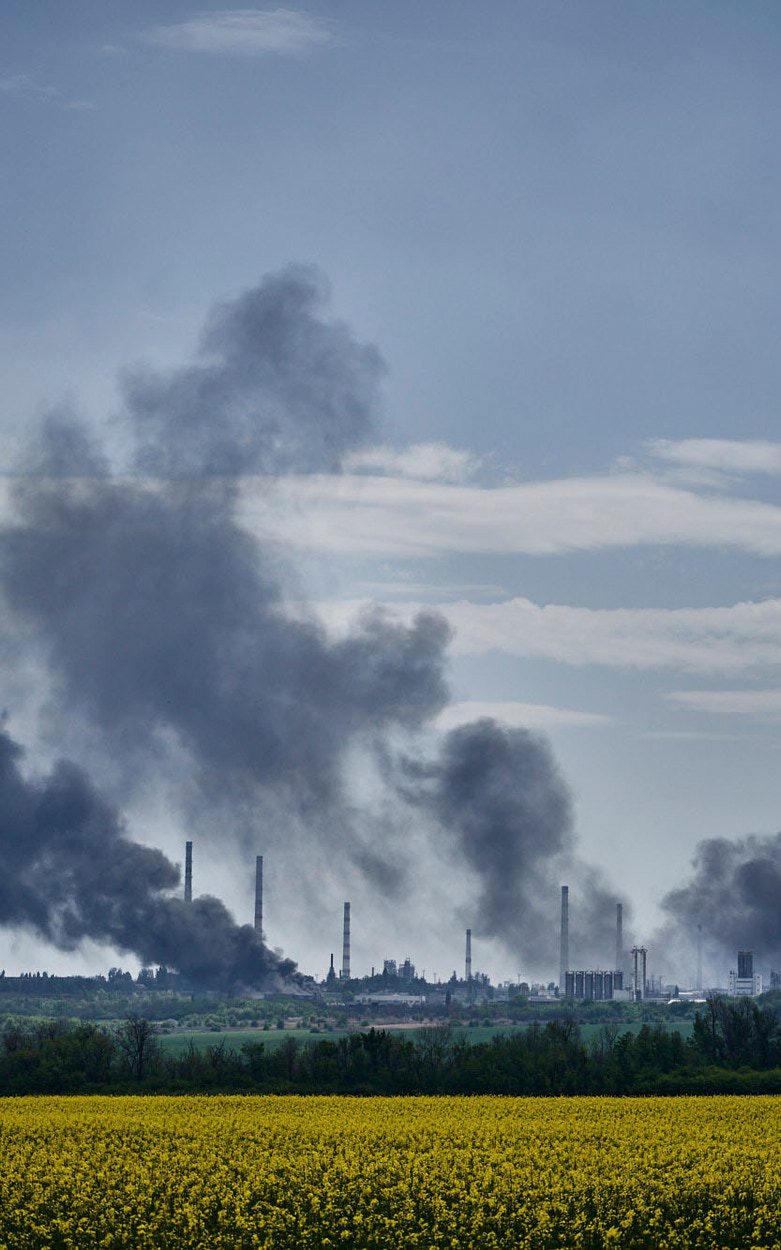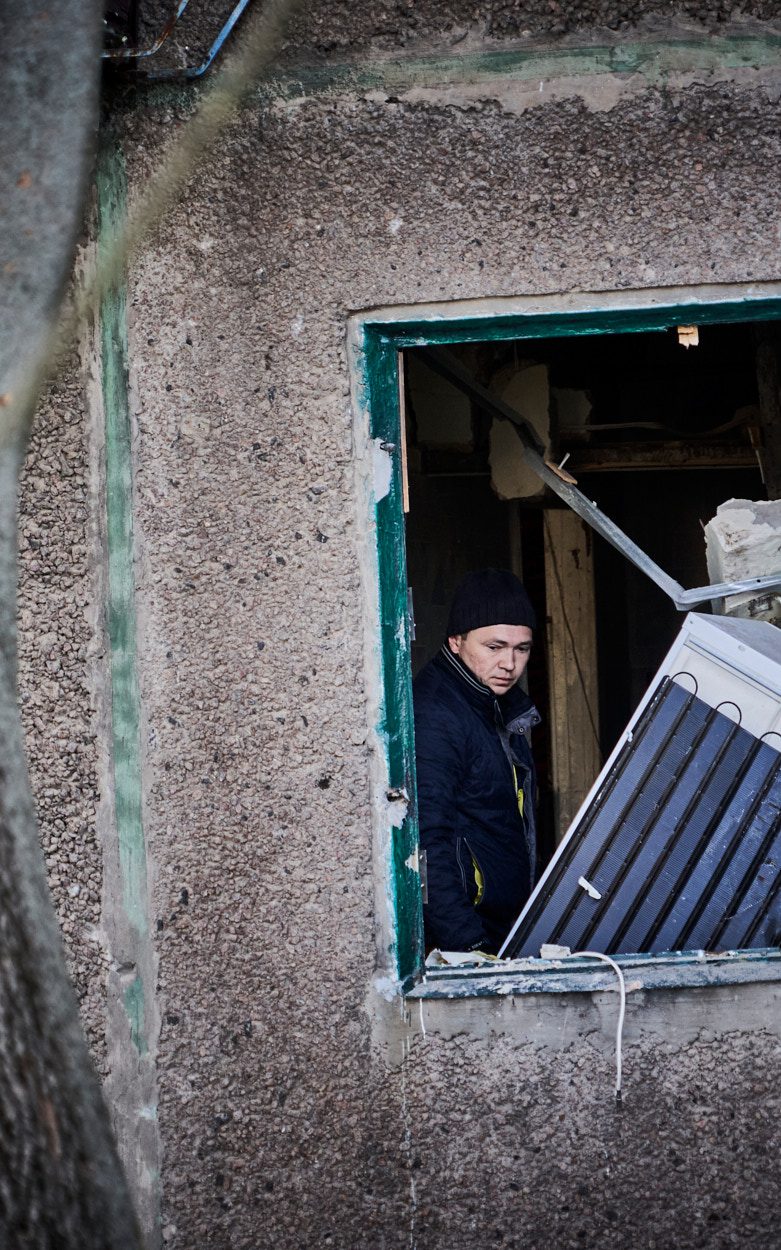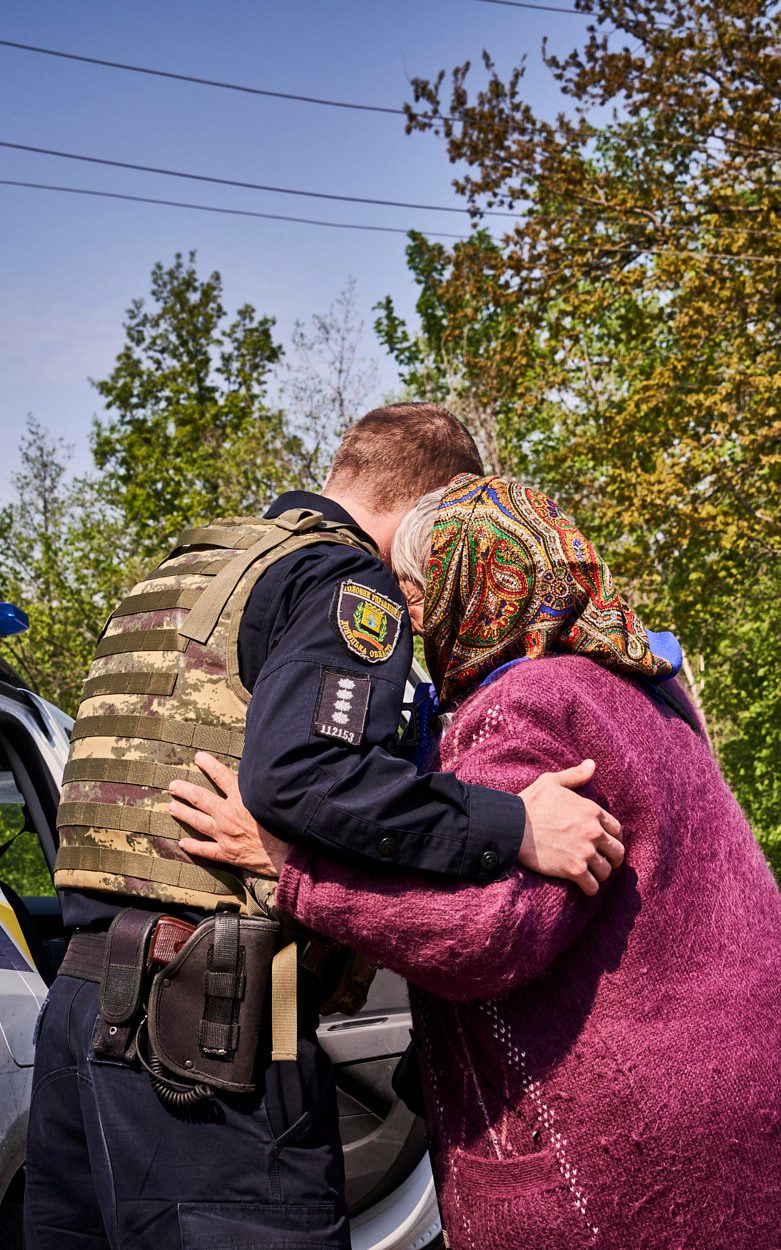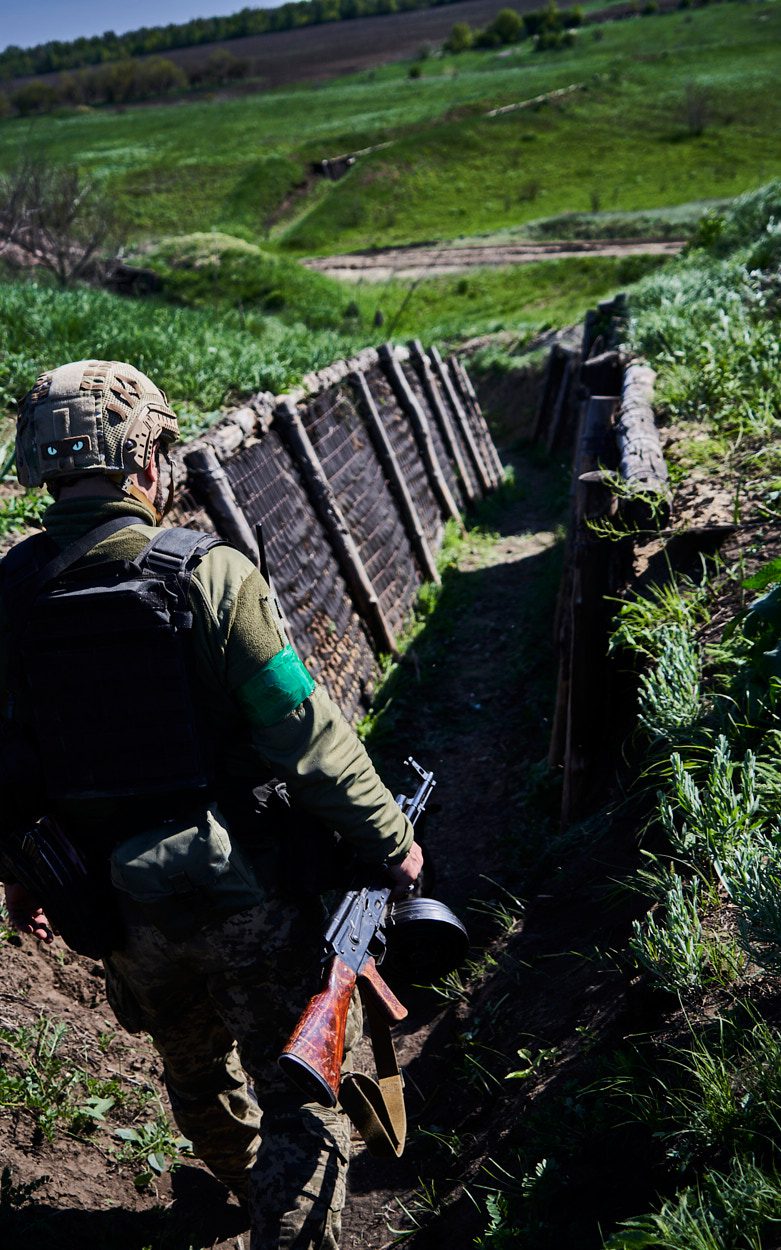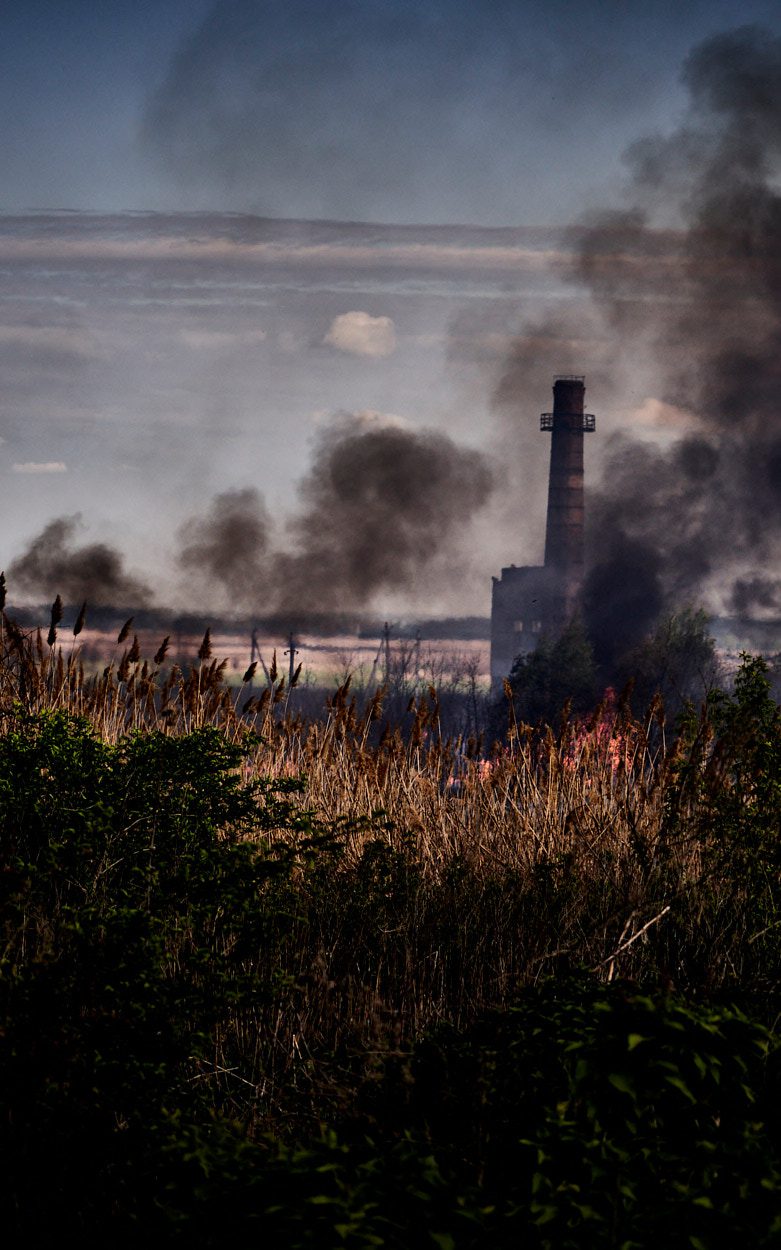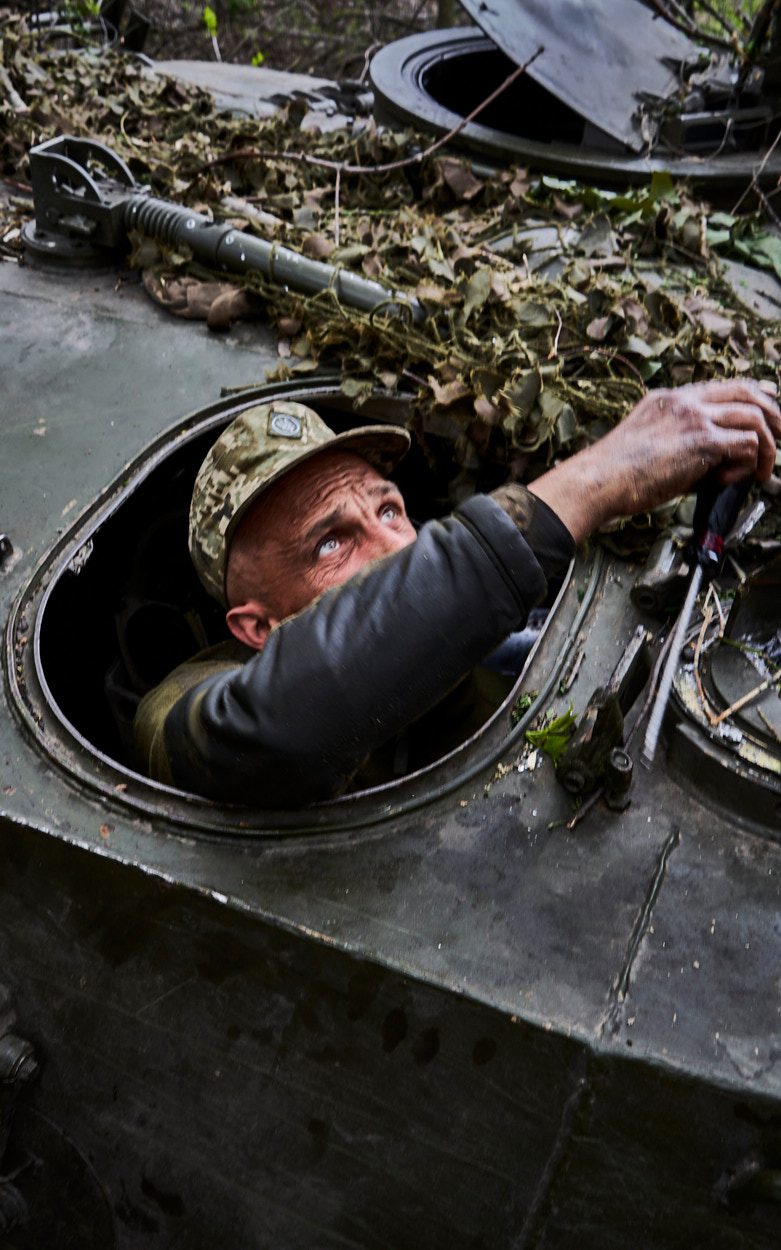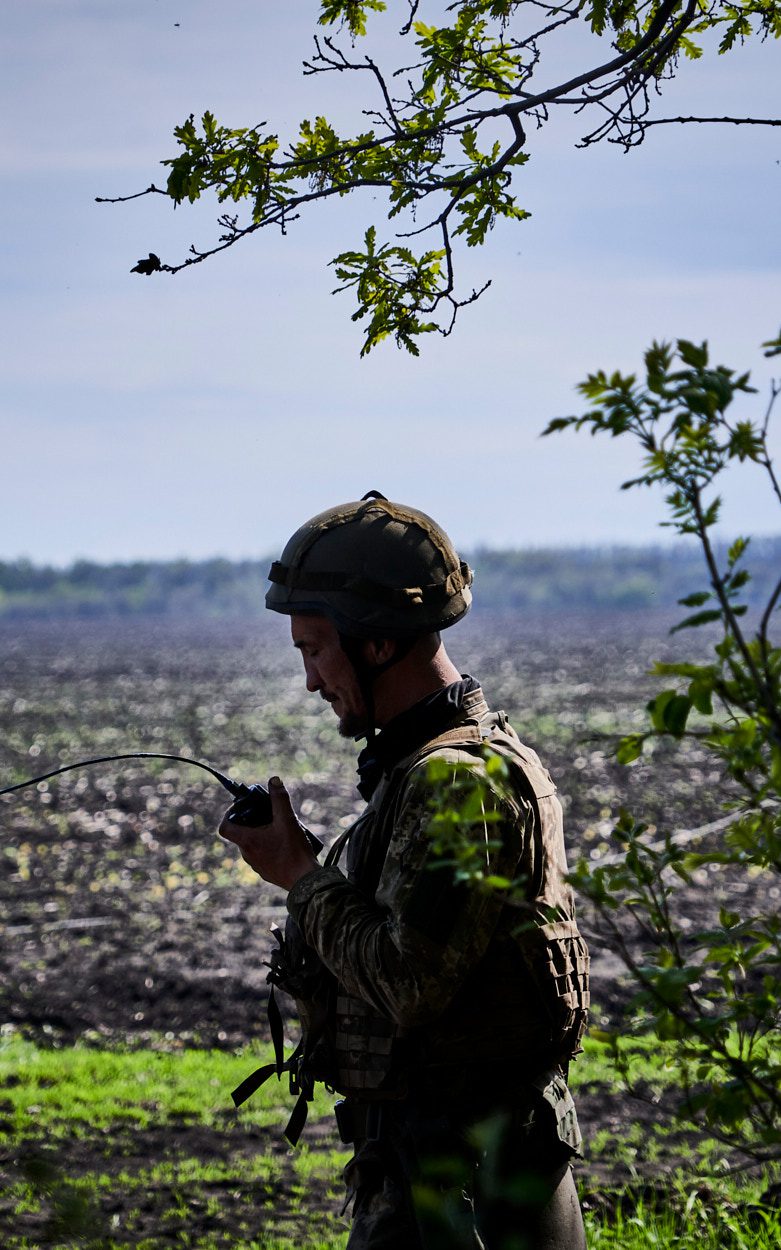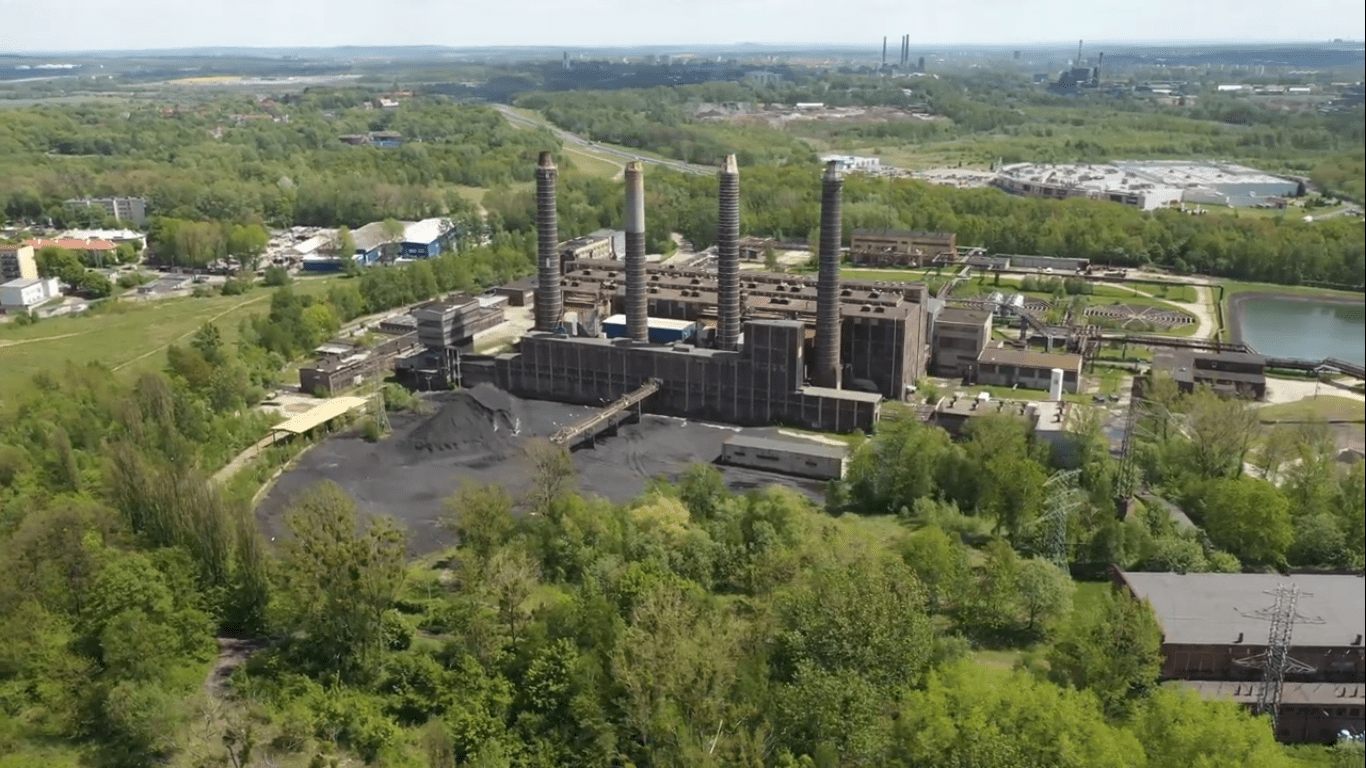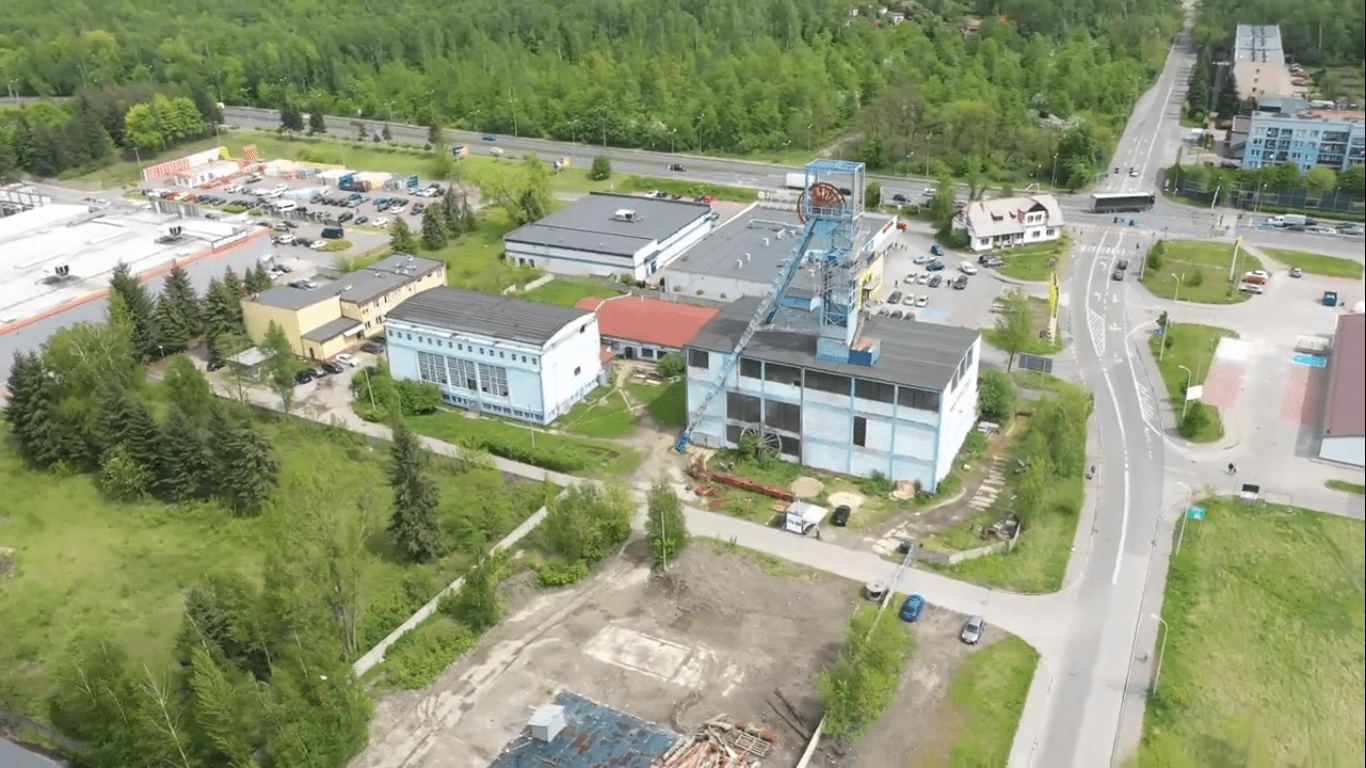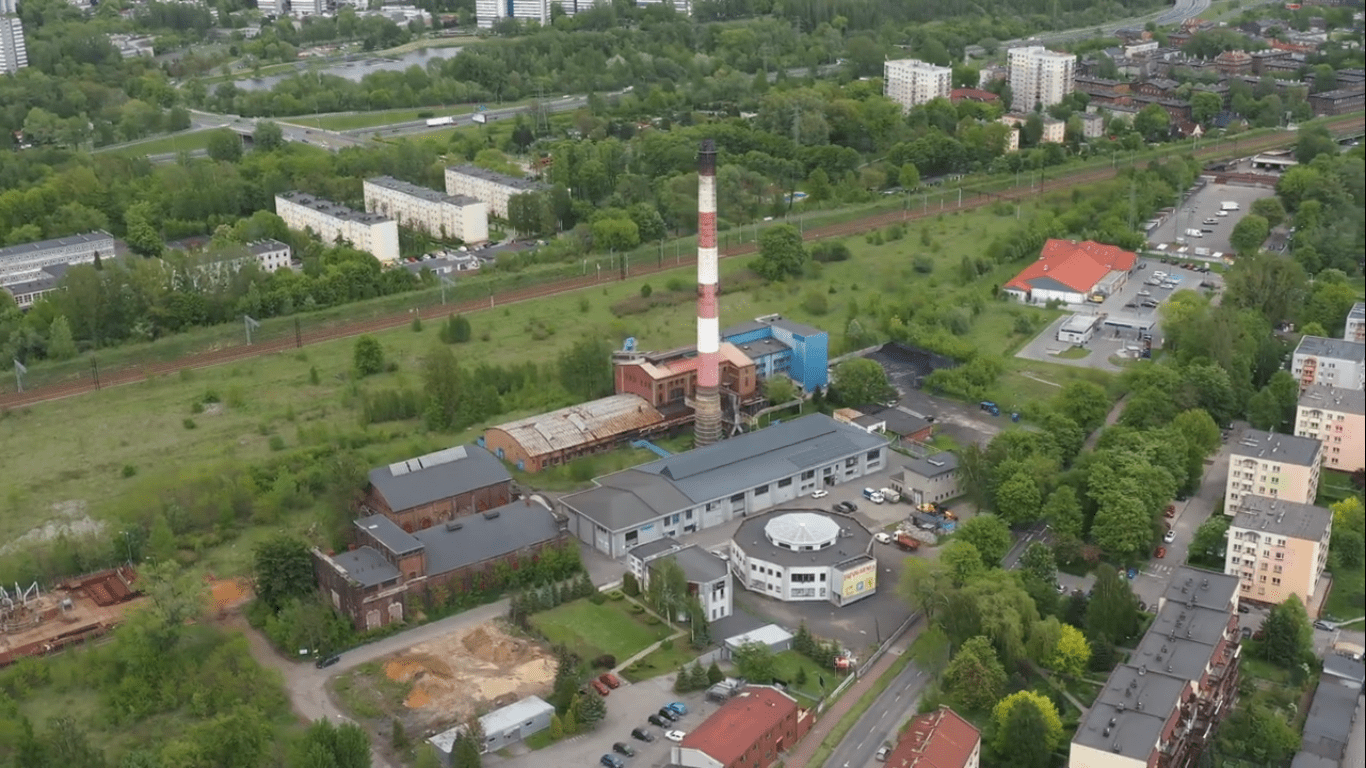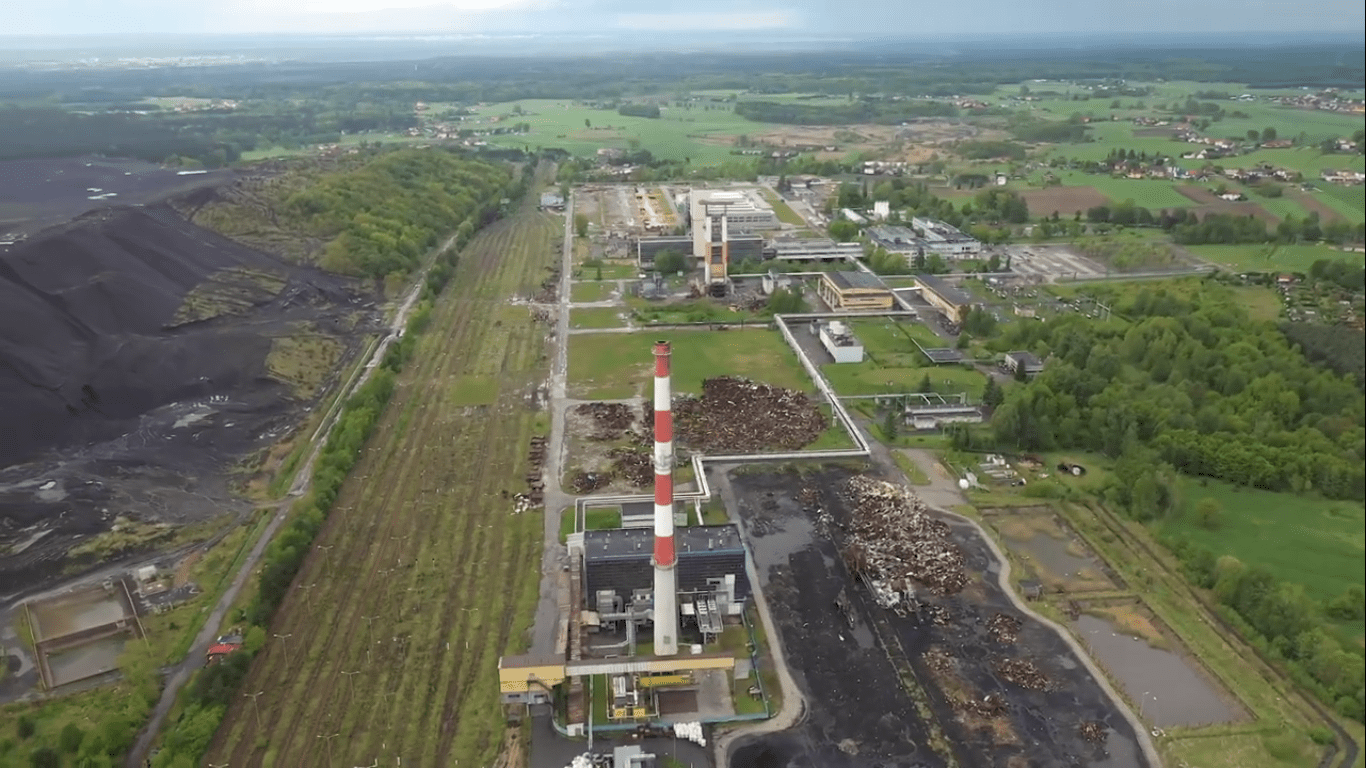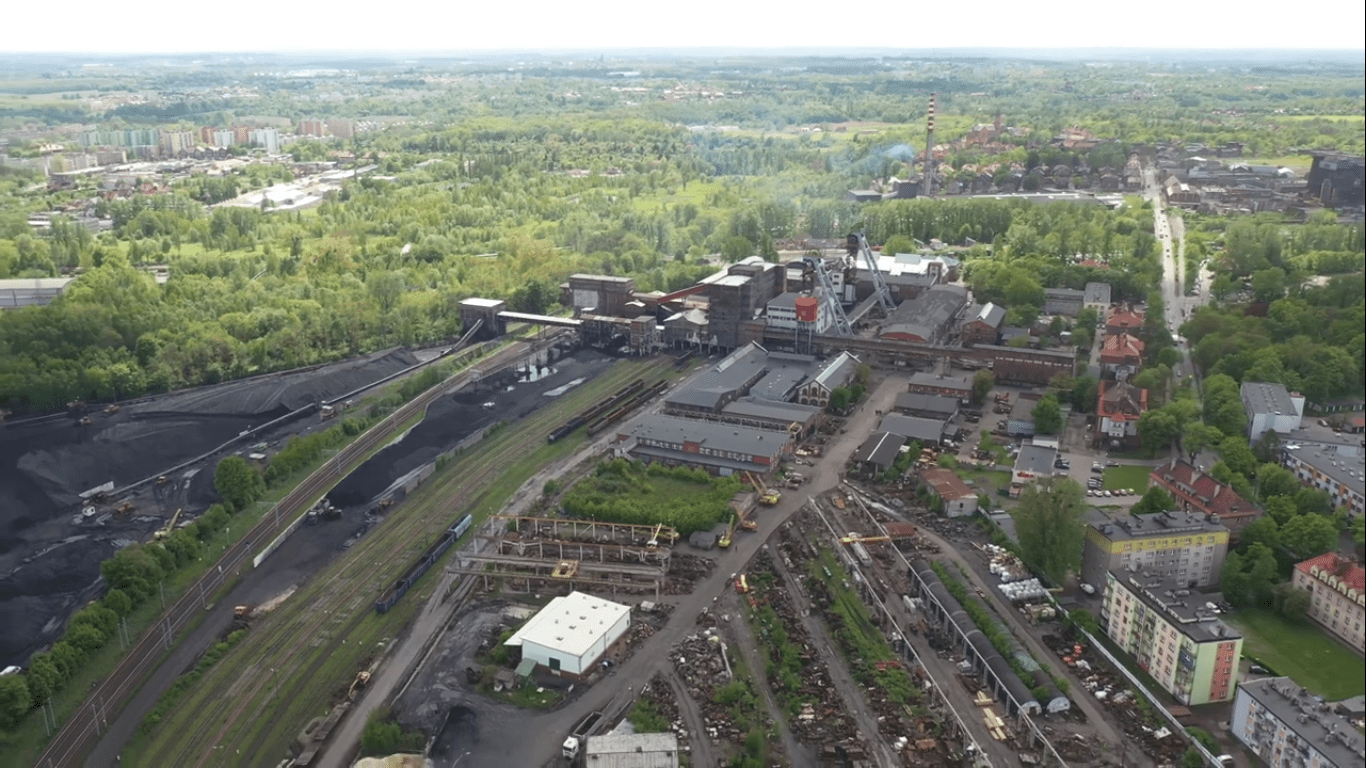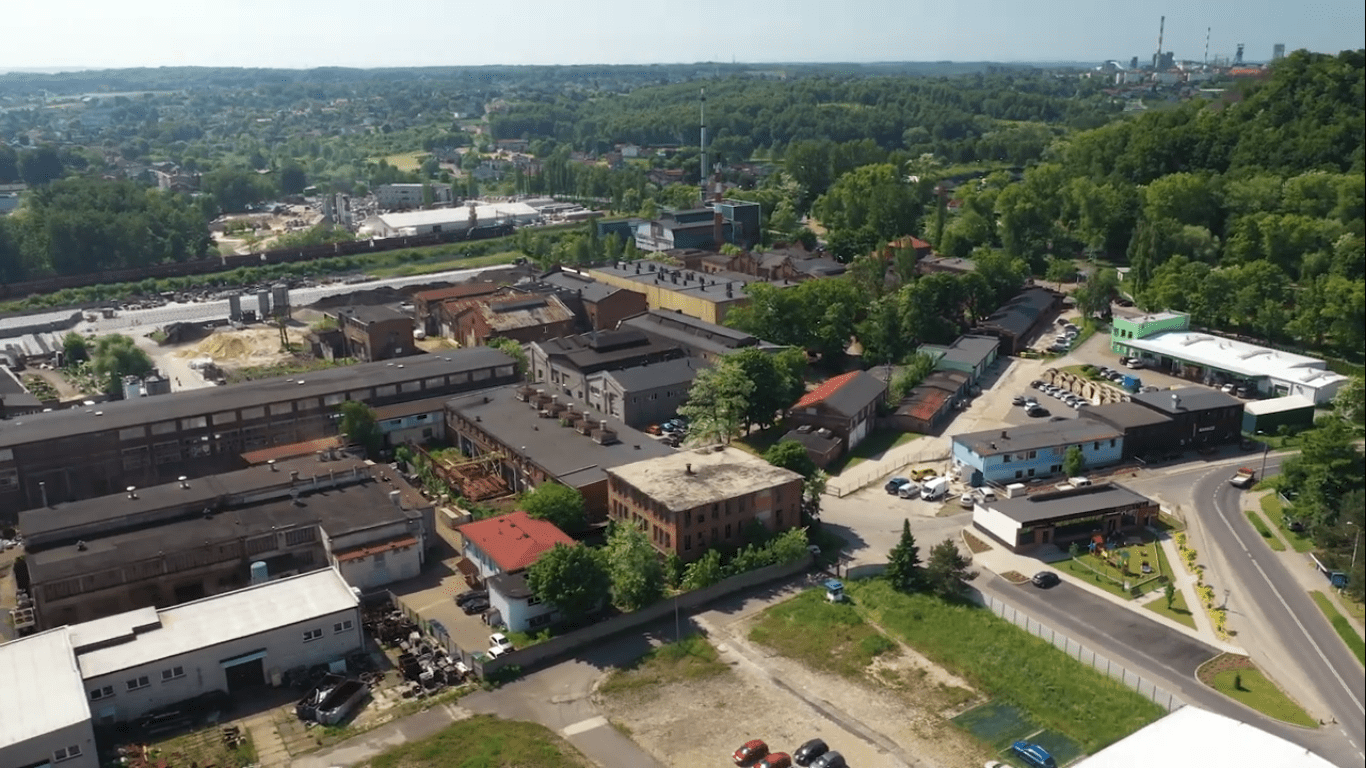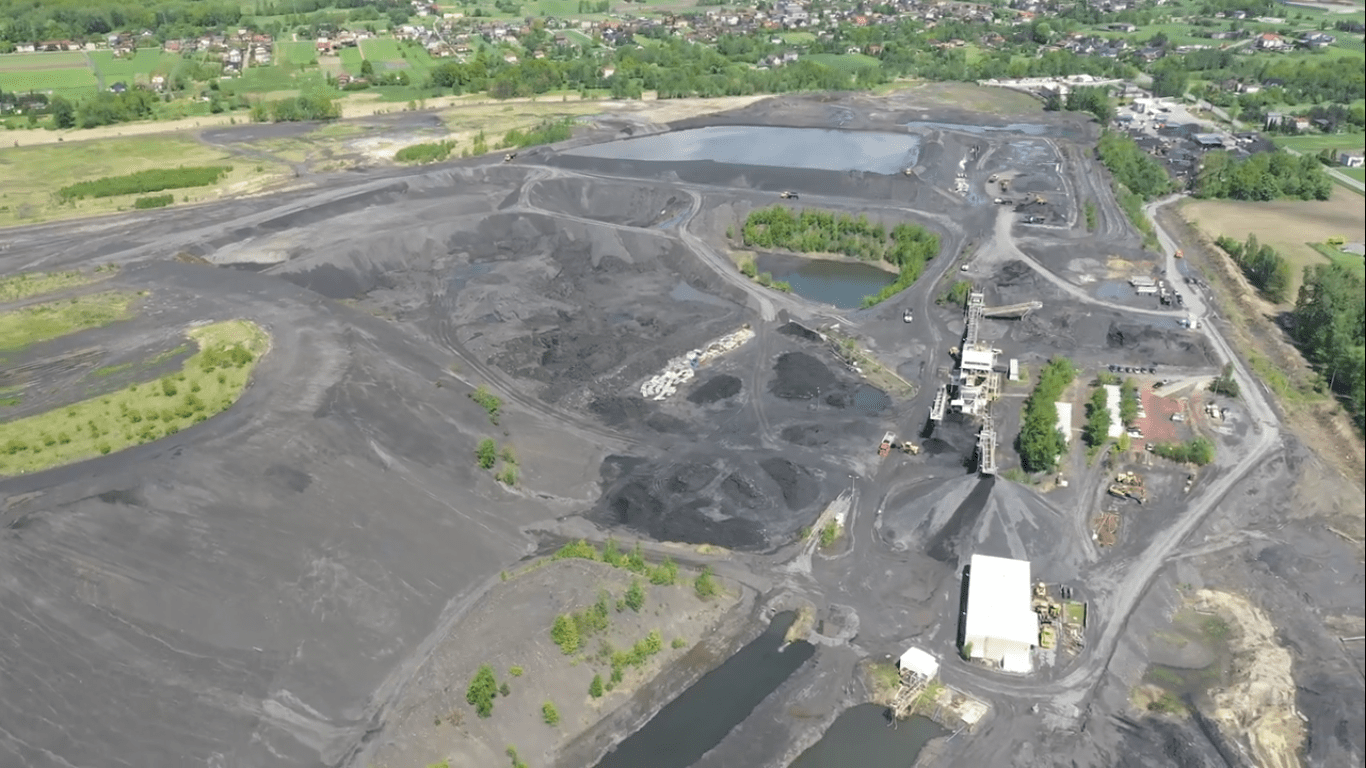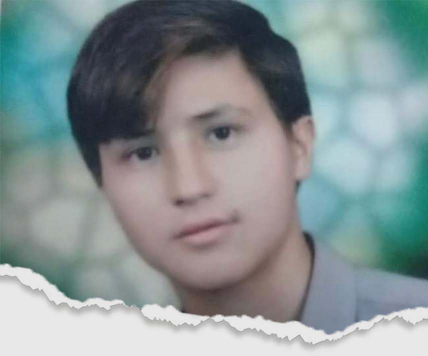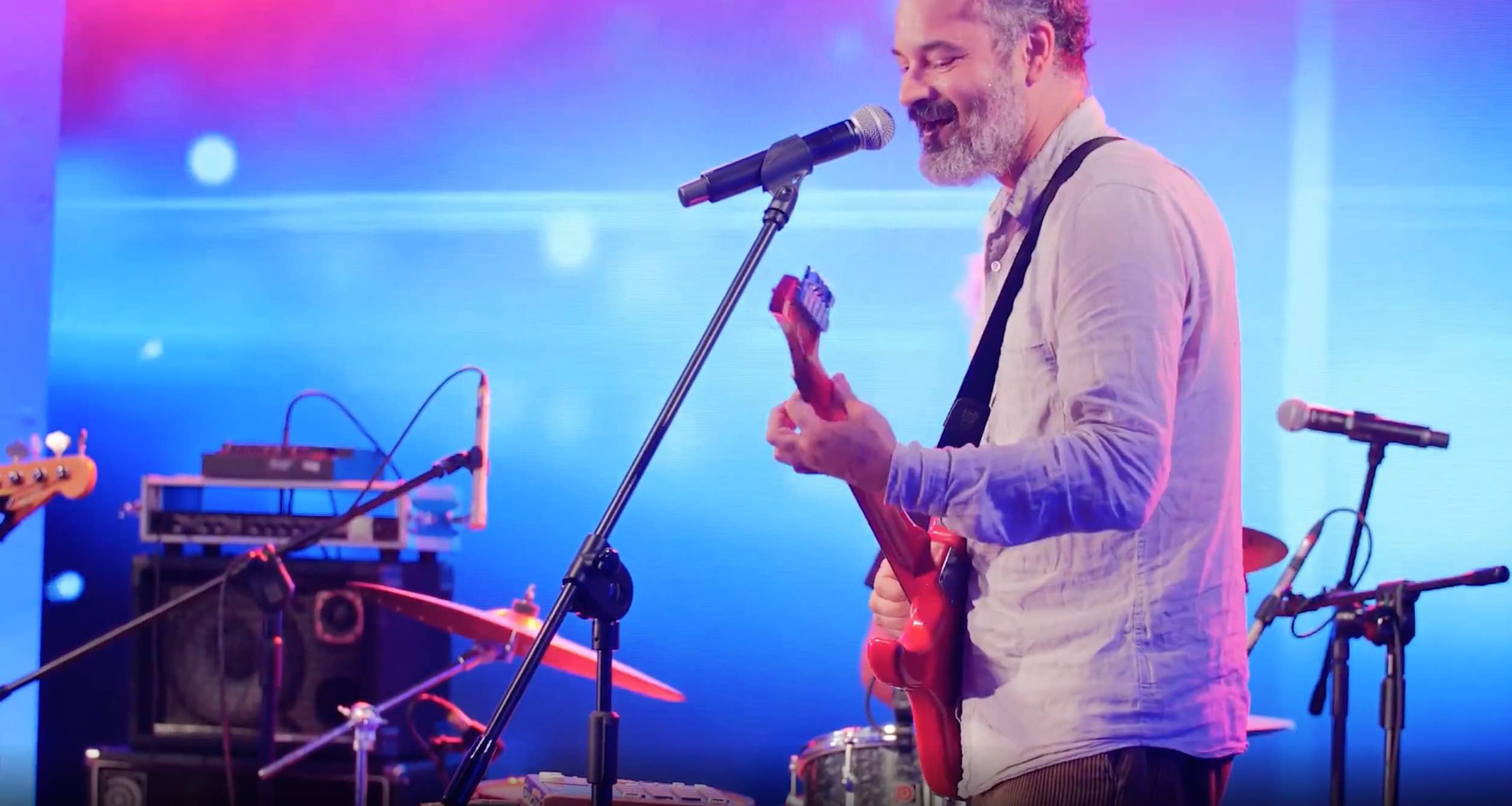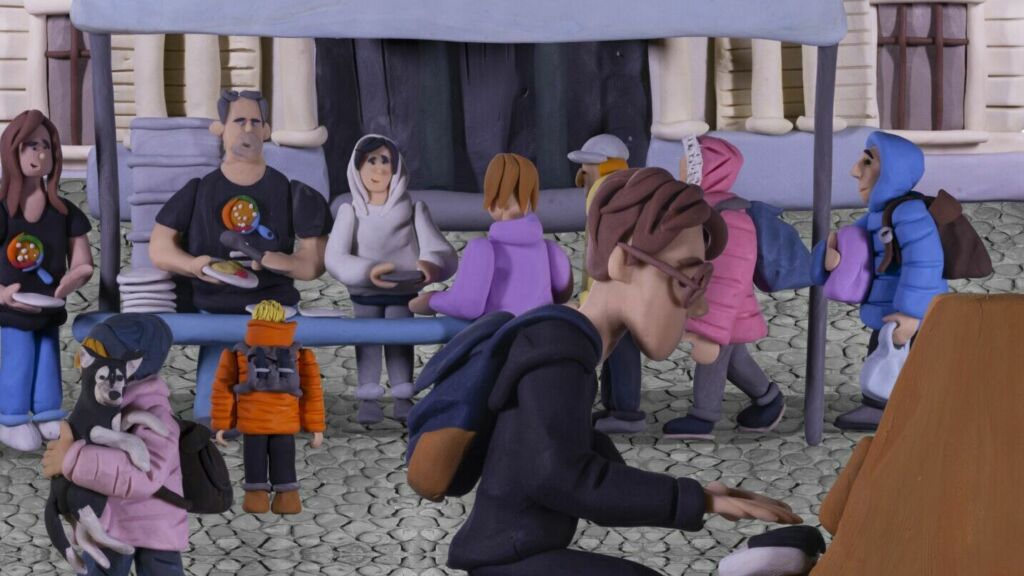
President Vladimir Putin was driving one of the lorries that officially tested the so-called Crimean bridge on May 15th. The construction connects the annexed Crimea with continental Russia. The event took place three days before the tragic anniversary of the Crimean Tatars – on May 18th, 1944 more than 180,000 Tatars were deported from the peninsula on the order of Joseph Stalin. Since 2014 nearly 25,000 Tatars have left the Crimea.
The Crimean bridge, or to be more specific, its road part, was officially opened on May 15th. It is a great PR success for Russia, it is thus of little surprise that Vladimir Putin himself took part in the ceremony. He had already played various roles in this propaganda around Crimea during his reign – this time he drove one of the lorries which officially crossed the bridge for the first time. The construction opened six months ahead of schedule, although it should be stressed that it was only the road part and that only cars and buses are allowed to use it for the time being. The bridge will be made available to all means of transport by December.
The hurry was connected with the incoming tourist season. The opening of the bridge gave an opportunity to send a message to the Russians who will no longer need to use ferries in order to get to the peninsula.
According to the construction schedule, the railway part of the bridge will be completed in December 2019. It will be 19 km long, 11.5 km will go through land, including the Tuzla island and 7.5 km will go by the sea. The bridge is one of the most expensive constructions of this type in the world. So far it has cost about 4 billion dollars and the total bill may increase by further 25%.
In the Russian media it was often said that the bridge was built by the whole Russia. President Putin has demonstrated that the Russian authorities meet their obligations. However, less was said about the fact that the construction cost froze some other infrastructural investments in the country.
Bridge against the international law
The bridge project was approved a few months after the annexation of Crimea by Russia in March 2014.
From the outset, the Ukrainian public opinion expressed doubts about the construction of the bridge by Russia. This position was reinforced by the statements of Ukrainian experts, politicians and representatives of the government. Specialists claimed that there are geological difficulties that cause soil instability and that ice masses could threaten the construction in winter.
When the construction of the bridge was advanced, the Ukrainian authorities started to speak out about the fact that the bridge was closing the way to Ukrainian ports on the Azov Sea. On May 15th, the Ukrainian Ministry of Foreign Affairs protested over the opening of the bridge on the grounds of international law.
“The construction of the bridge and any action taken by the occupiers cannot, under any circumstances, change the status of the Autonomous Republic of Crimea and of the city of Sevastopol, which remain an integral part of the Ukrainian territory within its internationally recognised borders. The Russian Federation as a state and the occupying power, bears full responsibility for the consequences of its illegal activities on the international arena and will be forced to pay for the damage caused,” the Ukrainian Ministry of Foreign Affairs wrote in a statement.
The European Union has criticised the construction of the bridge, pointing out that Russia has once again violated Ukraine’s sovereignty and territorial integrity. Similar statements were made by, among others, Great Britain and Poland.
In the shadow of the bridge
The Russian media, which reported in detail on the progress made in the construction of the bridge, usually do not mention the restrictions and persecutions faced by some of the residents of the peninsula.
May 18th is the day of trauma for the Crimean Tatars. On that day, in 1944, by Stalin’s order, the action of their forced eviction from Crimea began. It lasted until June of that year but most of over 180,000 Tatars were displaced within the first two days. Many of them died during the displacements and in the first months after deportation.
Despite the Khrushchev thaw which resulted in a decree releasing the Crimean Tatars and other deported nations from the administrative supervision in 1956, the Tatars were not allowed to return to their homeland. It was not until the end of the Soviet Union that the authorities, under pressure from the Tartars, agreed that they should settle in Crimea.
After returning to Crimea (and until 2014), Tartars solemnly celebrated their day of deportation from the peninsula. With the annexation of the peninsula by Russia came a ban on independent celebrations. In spite of it, on May 14 about 1500 Tatars entered the mountain of Chatyr-Dag with national flags. This way they commemorated those who had died during the deportations. The anniversary of the deportation is also celebrated in Ukraine. The victims were also commemorated on May 13th in the capital of Turkey, Ankara.
The repressions of the Crimean Tatars, who pose a threat to the Russian authorities, continue. On March 22nd Nariman Memedeminov, a journalist, was arrested. He has been accused of inciting a terrorist attack. According to his wife, the accusation was made on the basis of his YouTube videos published between 2013-2014.
On April 26th, the special forces of the Russian Ministry of the Interior entered the offices and warehouses of one of the largest chains of wholesalers of KrymOpt and Guzel shops. Resul Vellyev, their owner and a businessman supporting the activities of Crimea-based organisations, was arrested and taken to prison in Moscow.
Court trials are conducted not only against the Crimean Tatars but also against the Ukrainians living in the Crimea. On May 7th a court in Sevastopol handed down a two-year prison sentence to a Ukrainian activist Ihor Mowenka who was accused of “publicly calling for extremist actions” (he posted a few comments on the social network Vkontakte).
The Ukrainian activist Volodymyr Baluch, sentenced to 3 years and 7 months in prison, has been starving in protest since March 19th. After 25 days of total hunger, he is now on minimum food consumption regime. In December 2016, officers of the Russian Federal Security Service entered his house in Crimea and found military cartridges. Baluch claims that they had been planted in his flat. Prior to his arrest, had been under the radar of the Russian authorities for a long time – after the annexation of Crimea he hung a Ukrainian flag over his house and did not hide his pro-Ukrainian views.
Ukrainian director Oleh Sentsov also announced the hunger strike on May 14th. In May 2014, together with Oleksandr Kolchenko, he was arrested in Symferopol by the Russian services and accused of organising terrorist attacks in Crimea. In August 2015, the Rostov-on-Don court pronounced a 20-year special regime colony sentence. Kolchenko was sentenced to 10 years in prison. Both of them did not plead guilty.
Annexation
At the end of February 2014, the so-called little green men appeared in Crimea. That was the name of the armed Russian soldiers who were not wearing military symbols at that time. Russian flags were hung above the administrative buildings of the Crimean Autonomous Republic.
On March 16th 2014, the Crimea held a so-called referendum which was not recognised by the international community. According to the official figures, a majority of voters were in favour of separation from Ukraine. Two days later, President Vladimir Putin announced the accession of the peninsula to the Russian Federation. In connection with the annexation of the Crimea, the US and the EU imposed economic sanctions on Russia. The Russian authorities describe the events of 2014 as the ‘restoration of historical justice’.
The picture presents construction of the Crimean bridge in June 2016 presented from the side of Kercza city.
